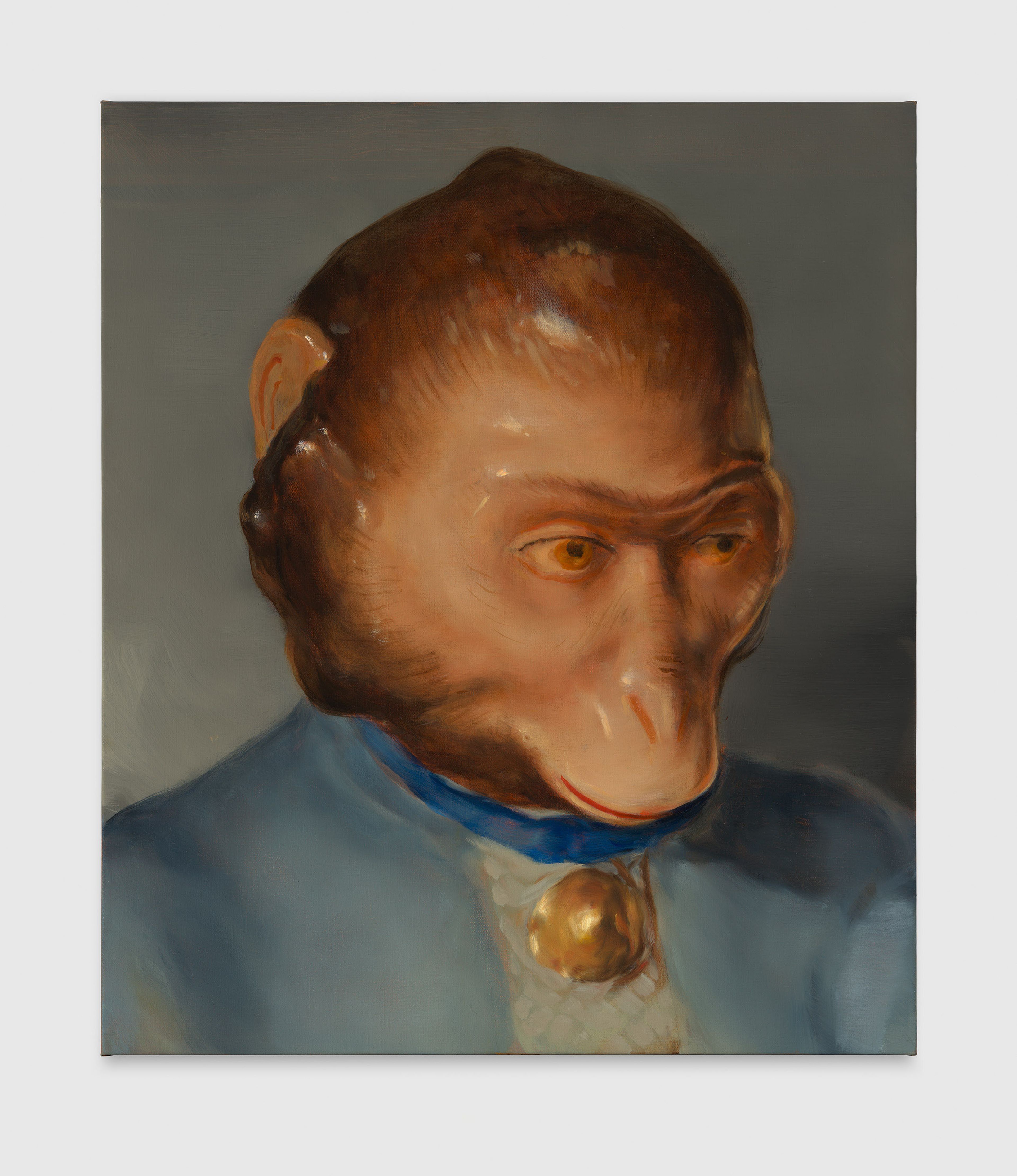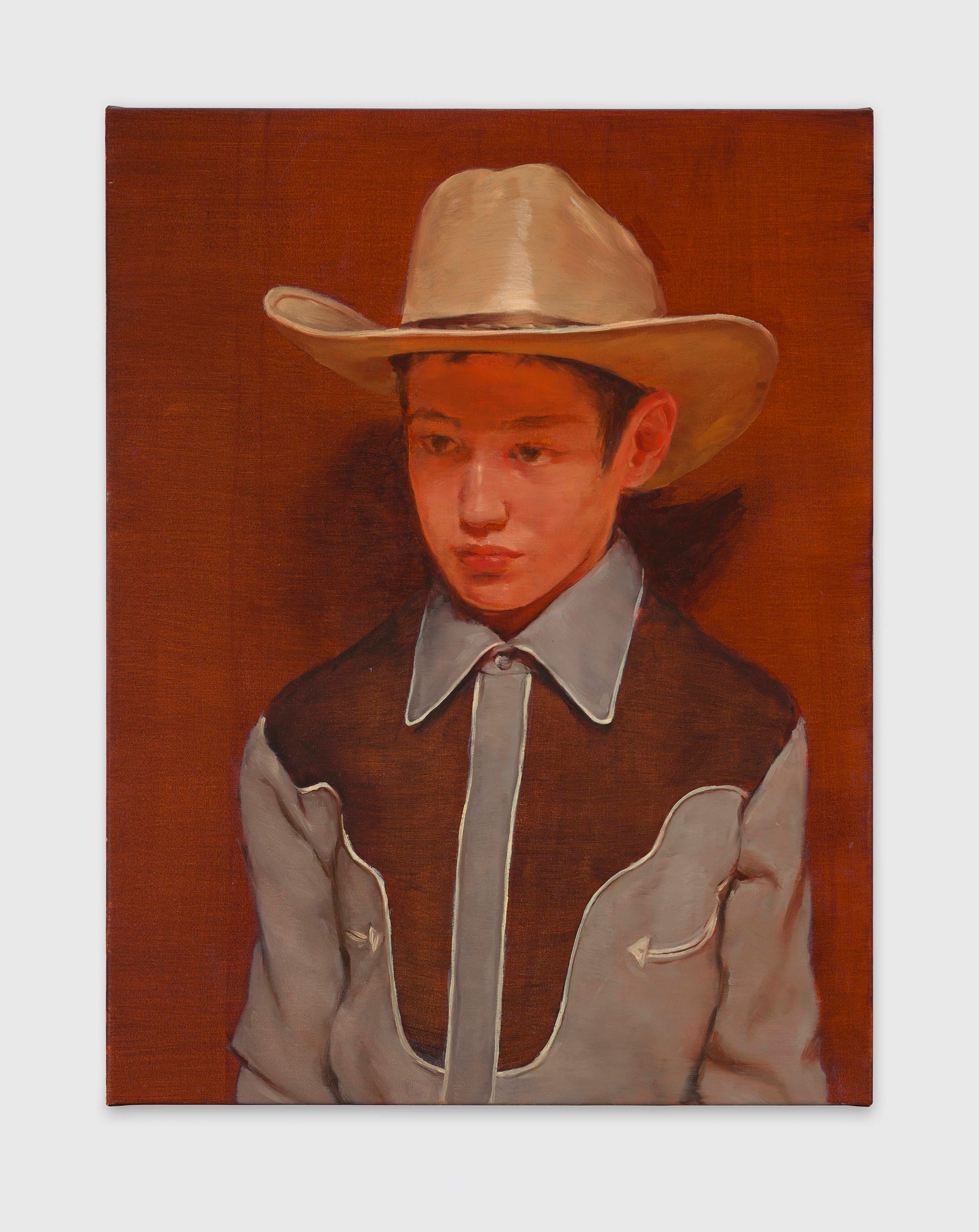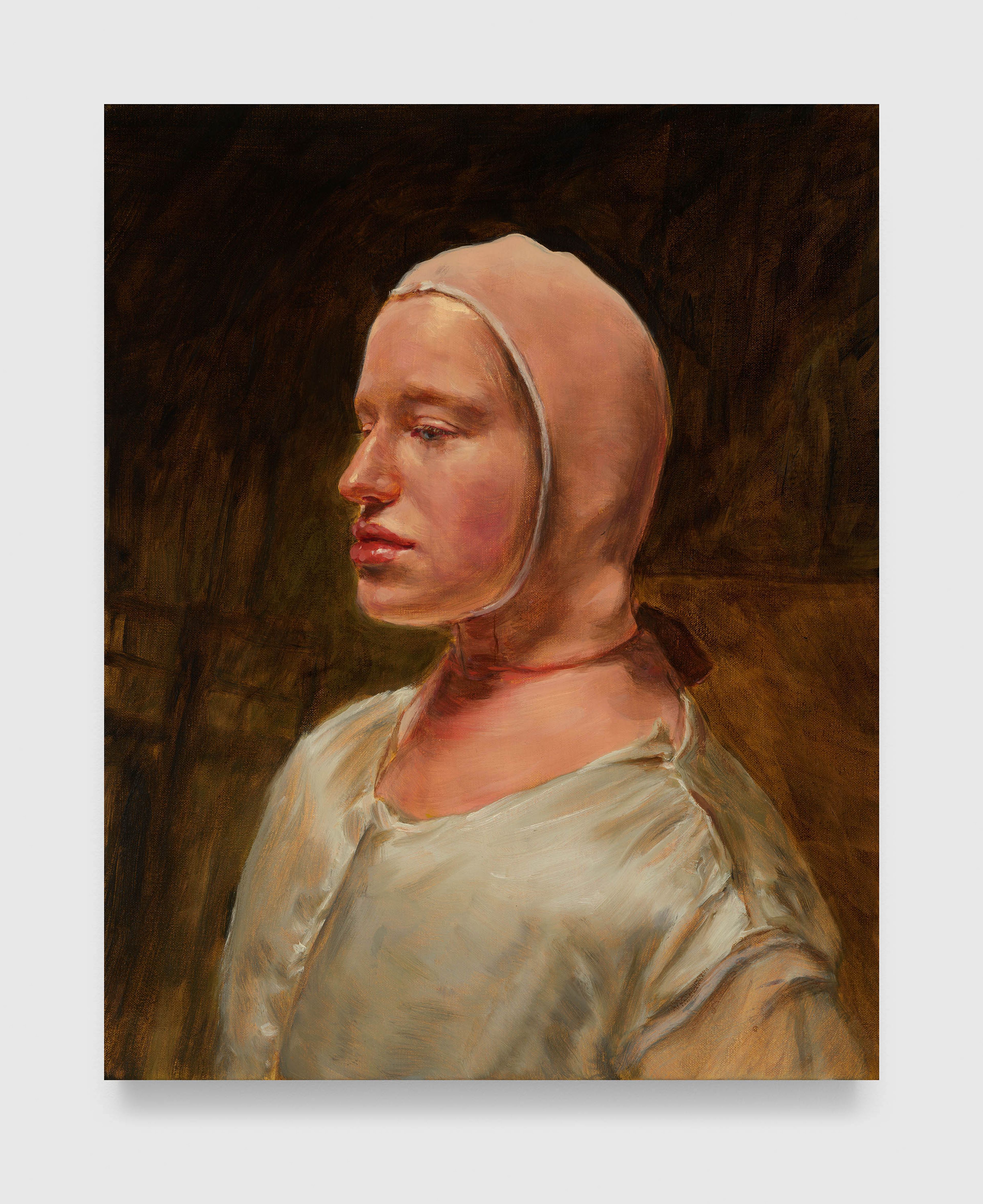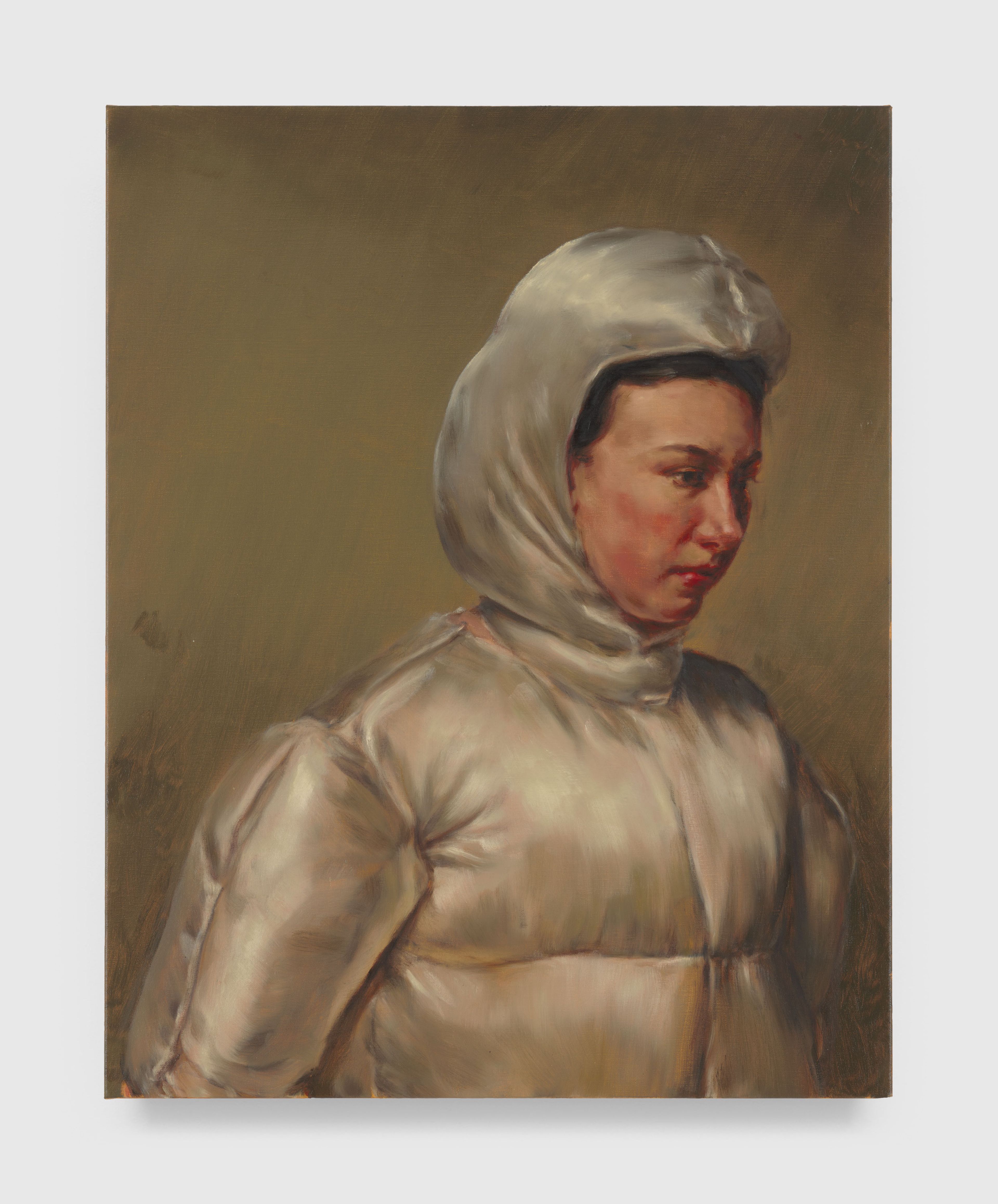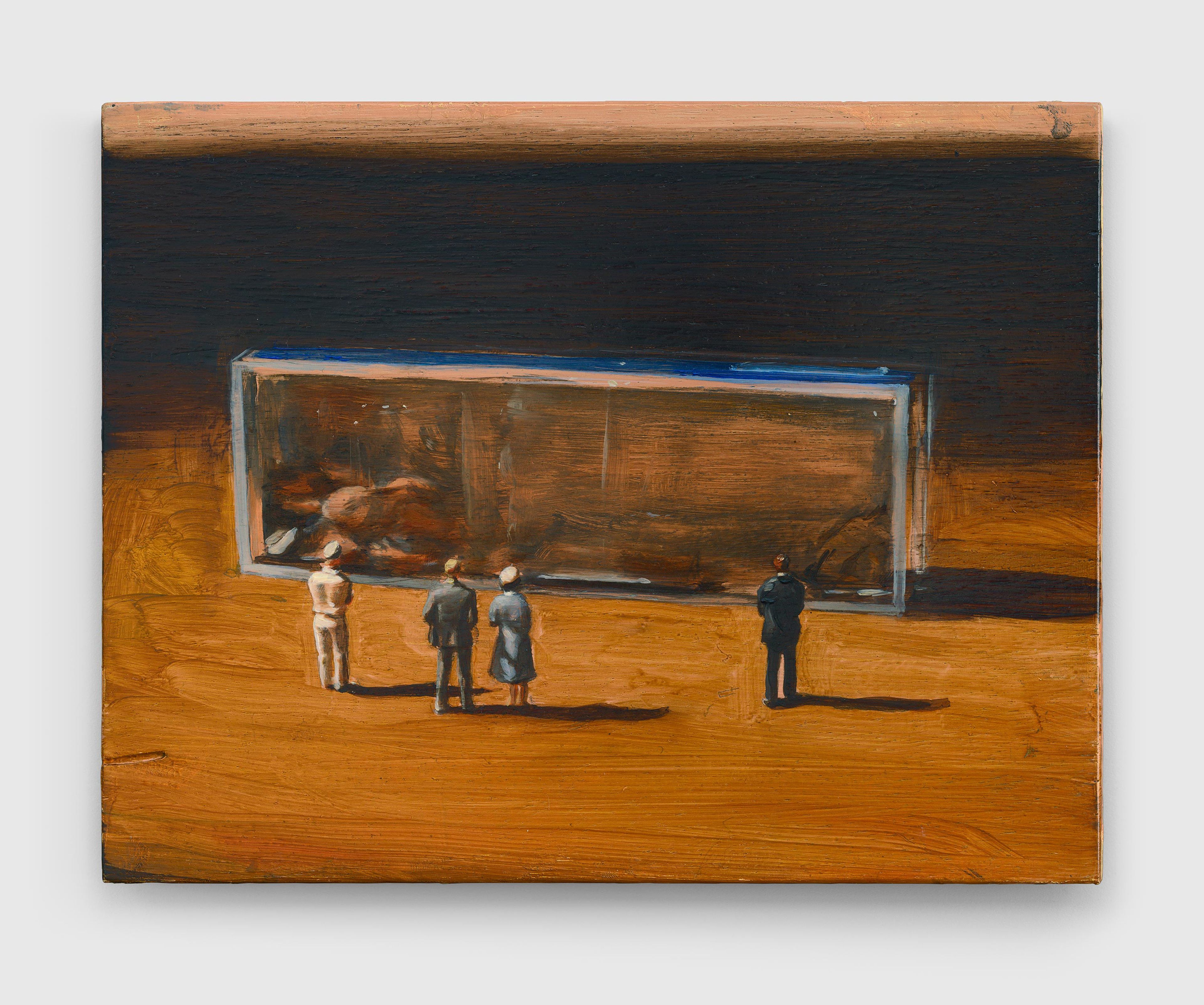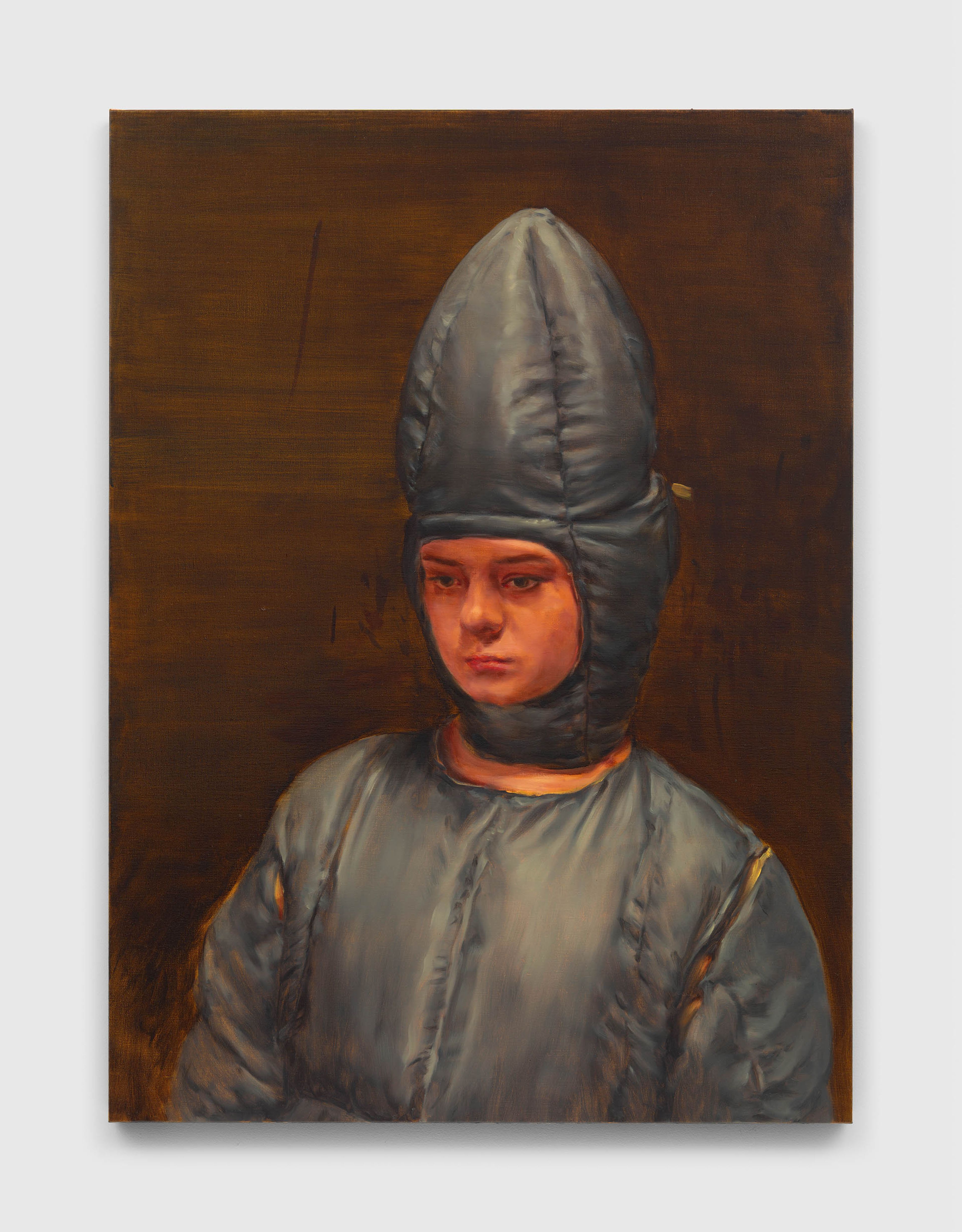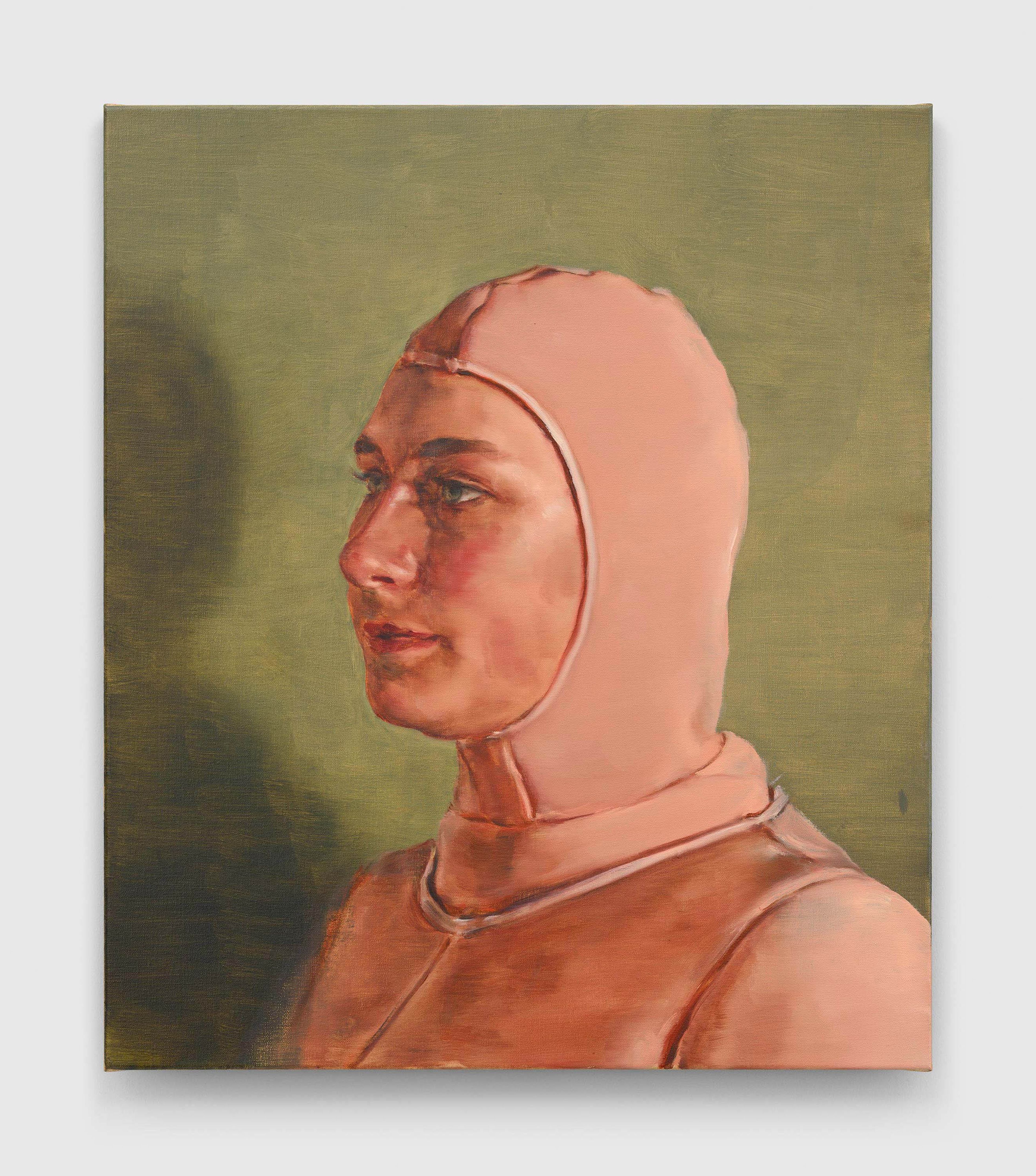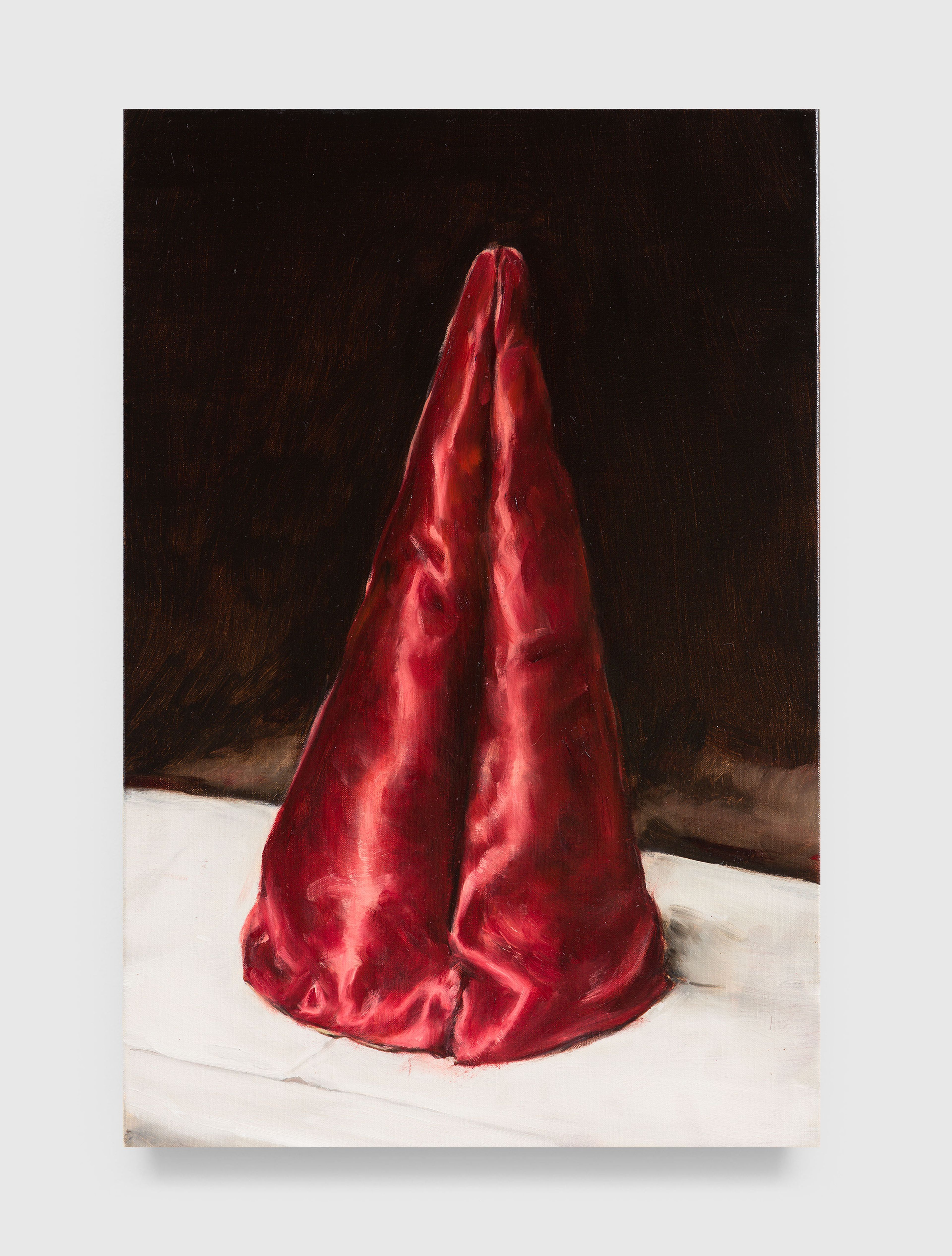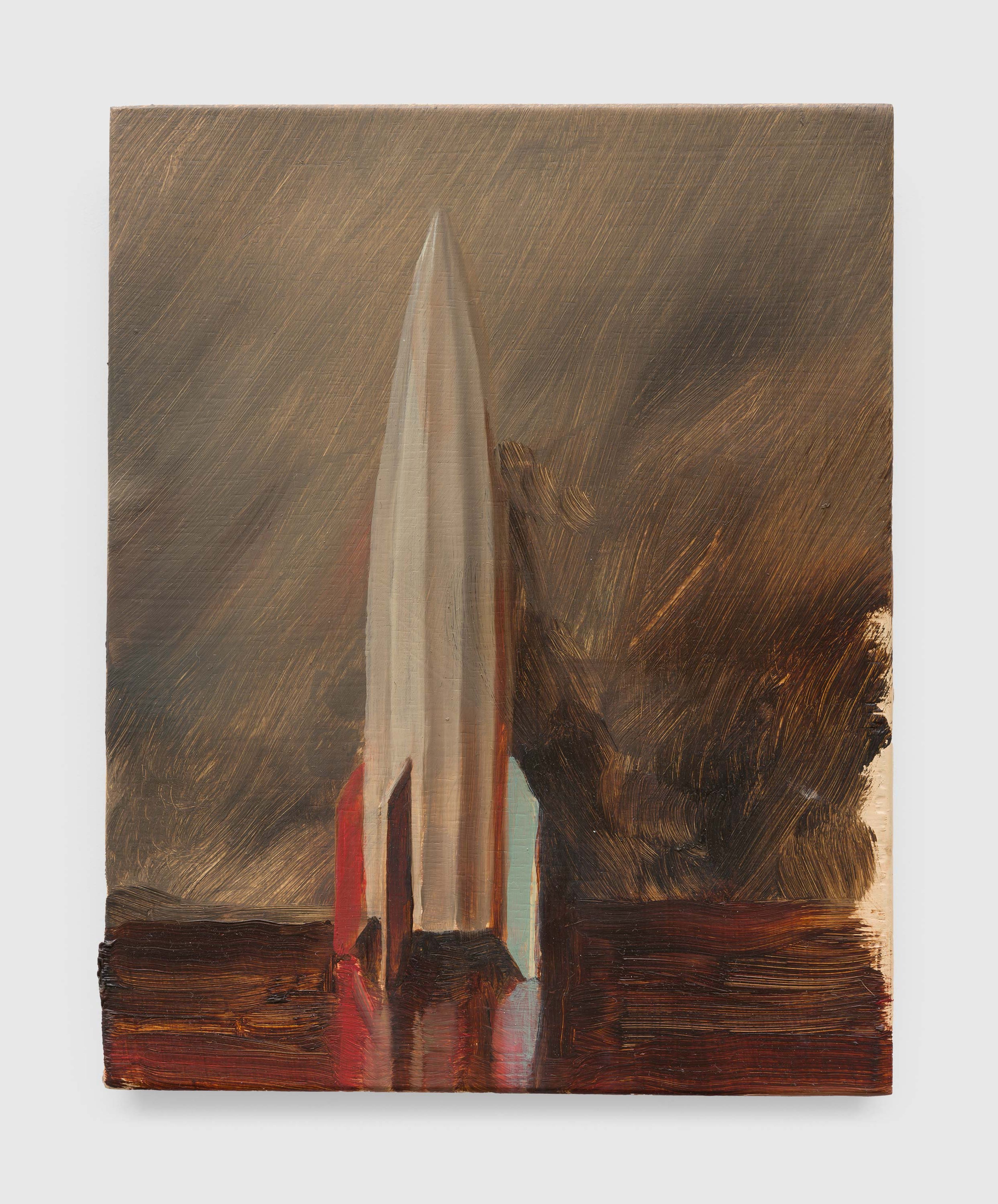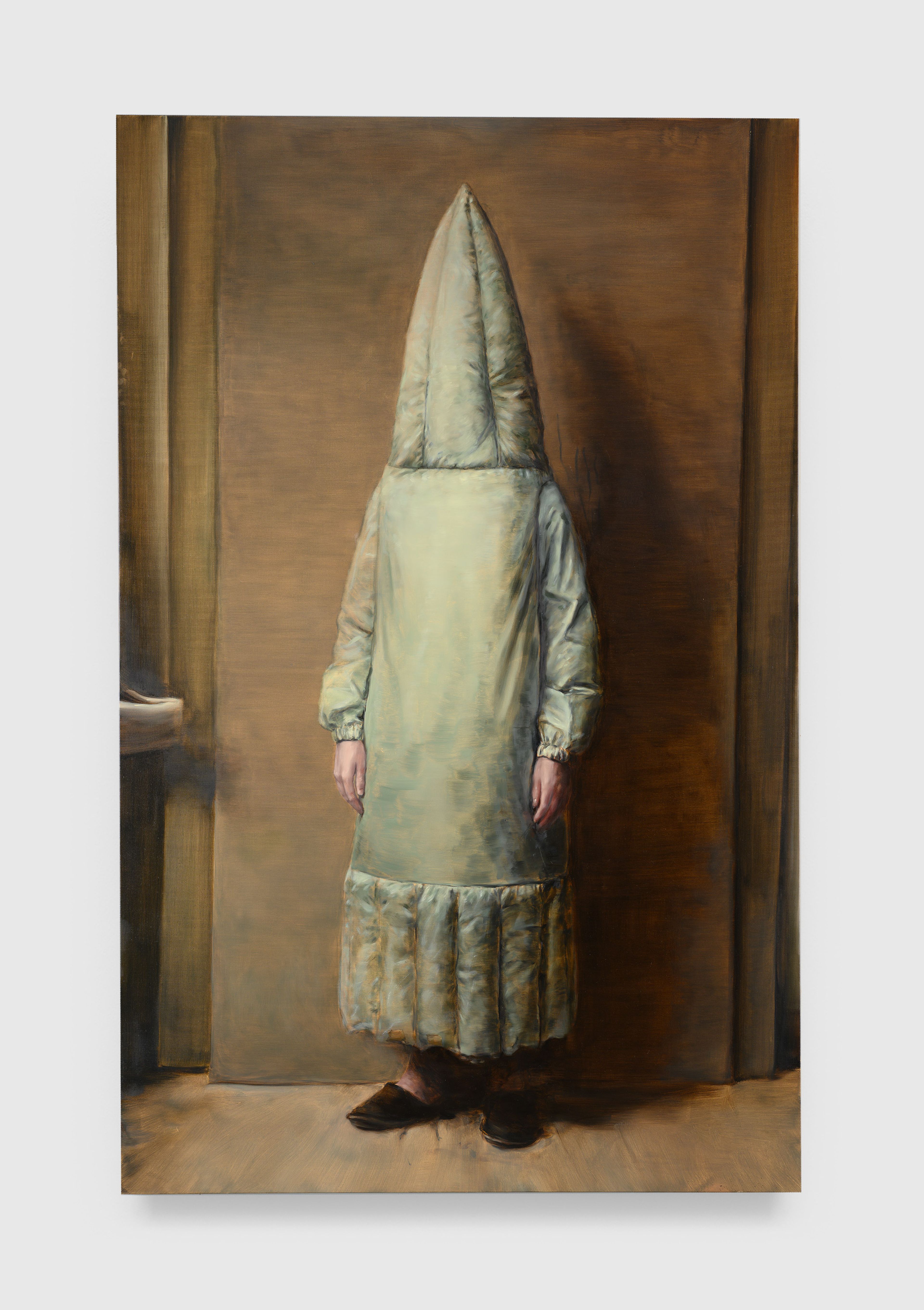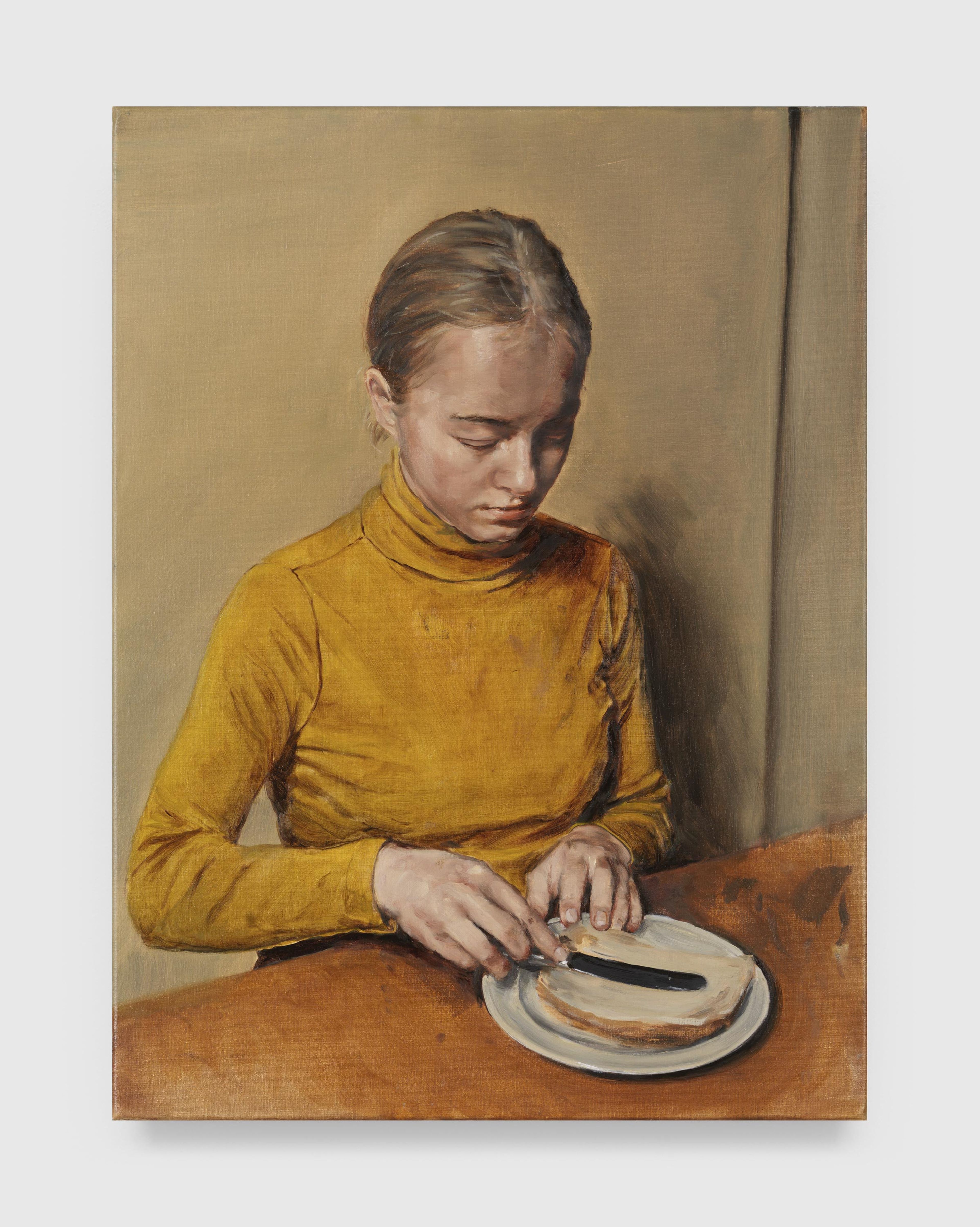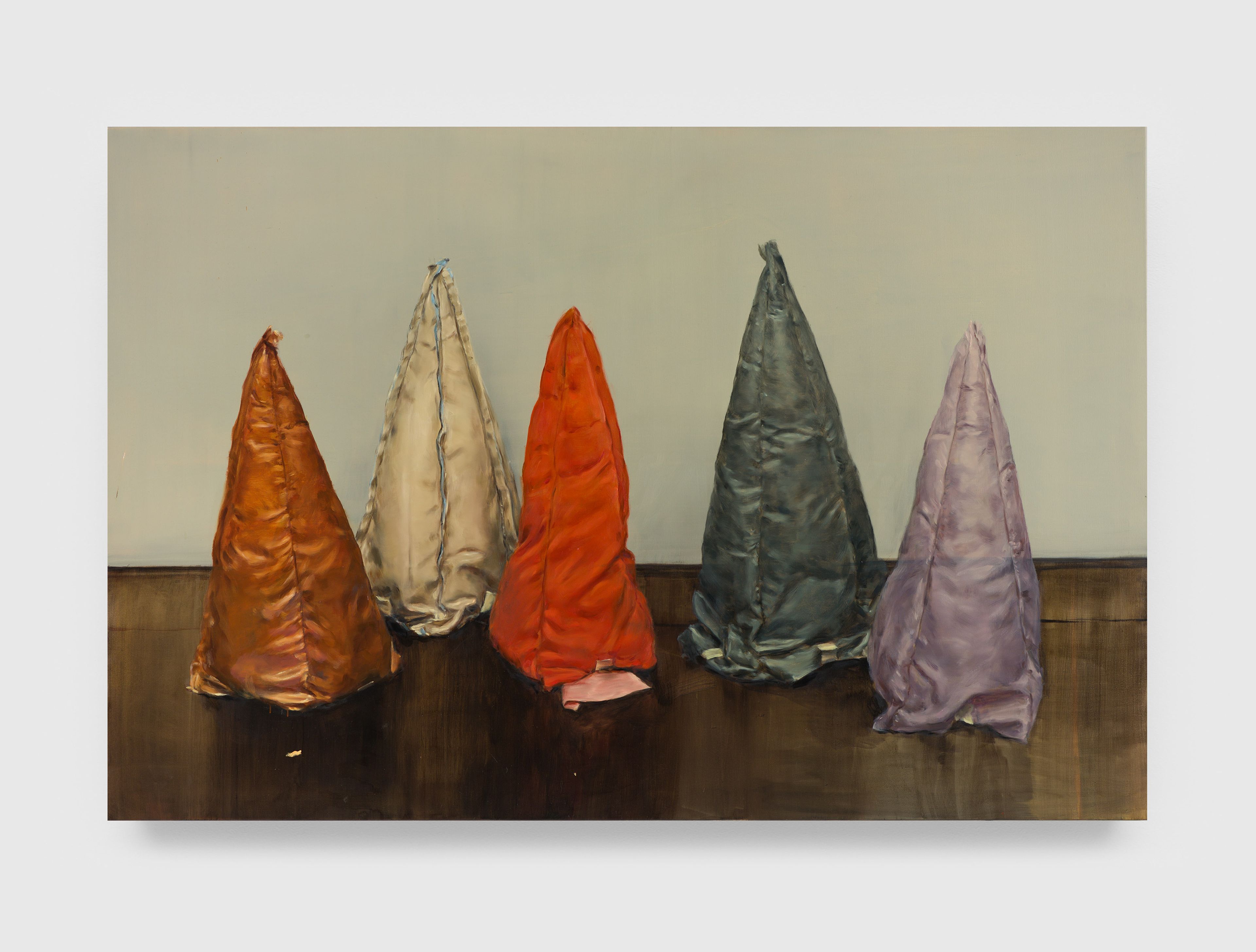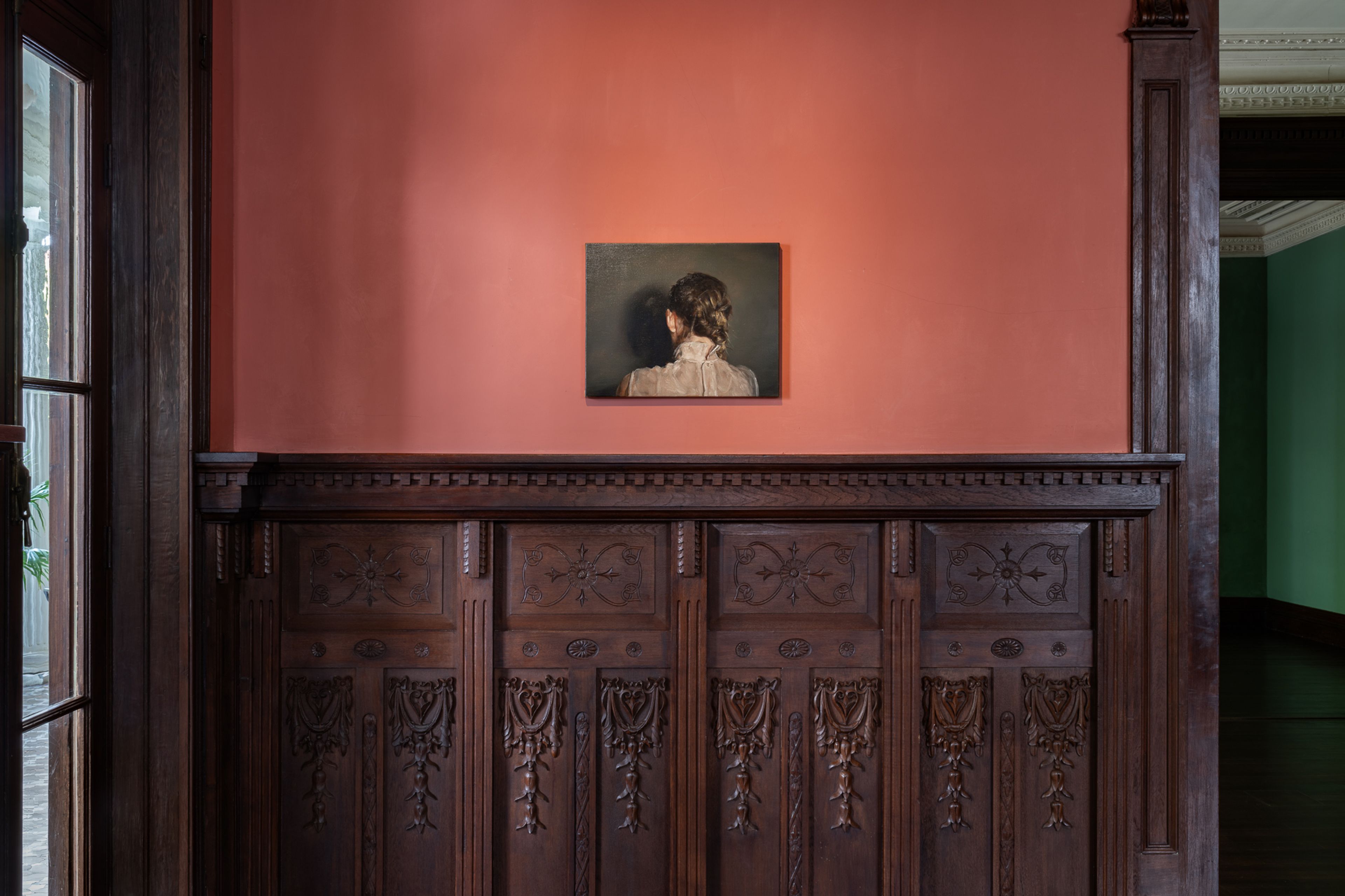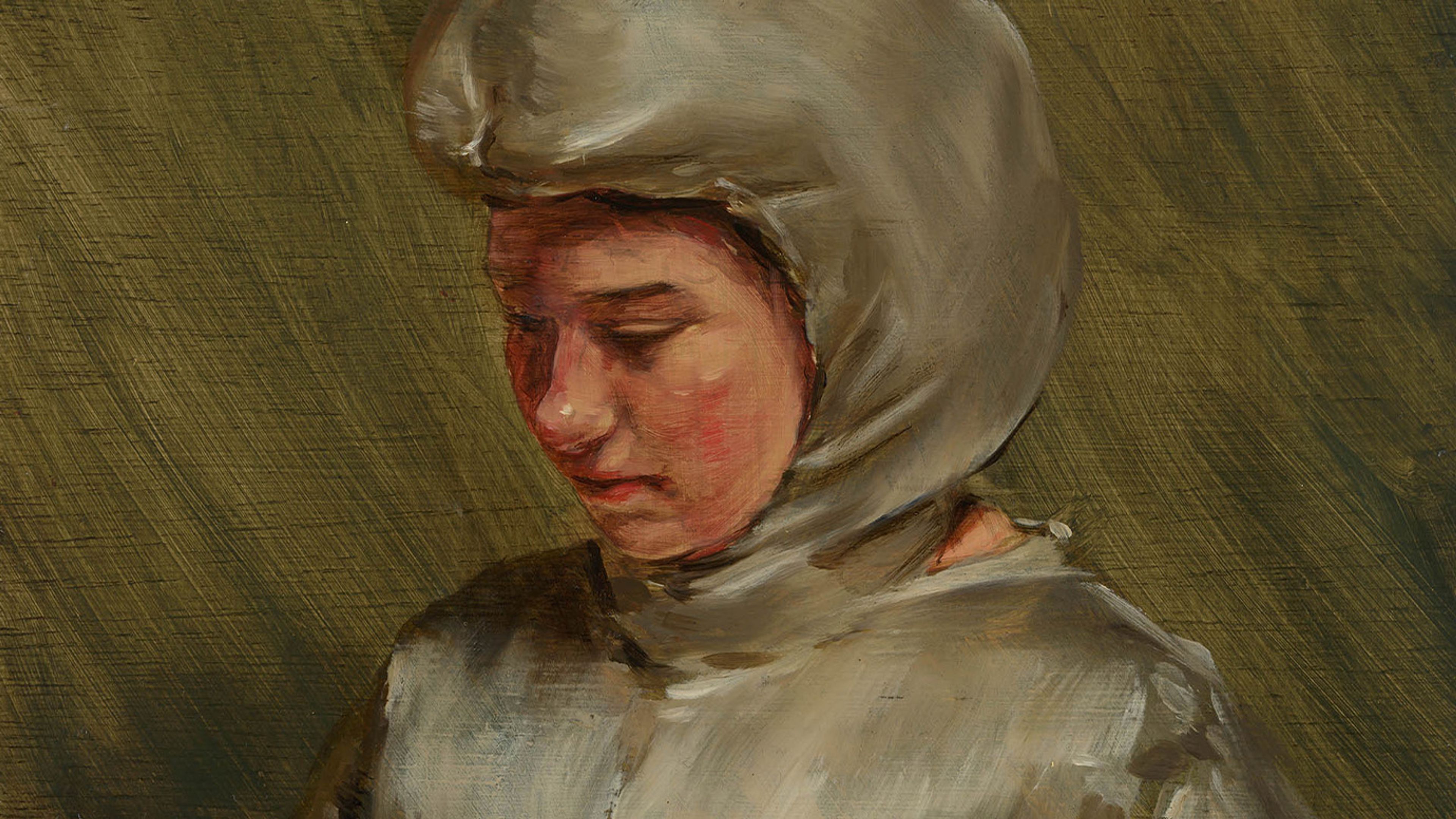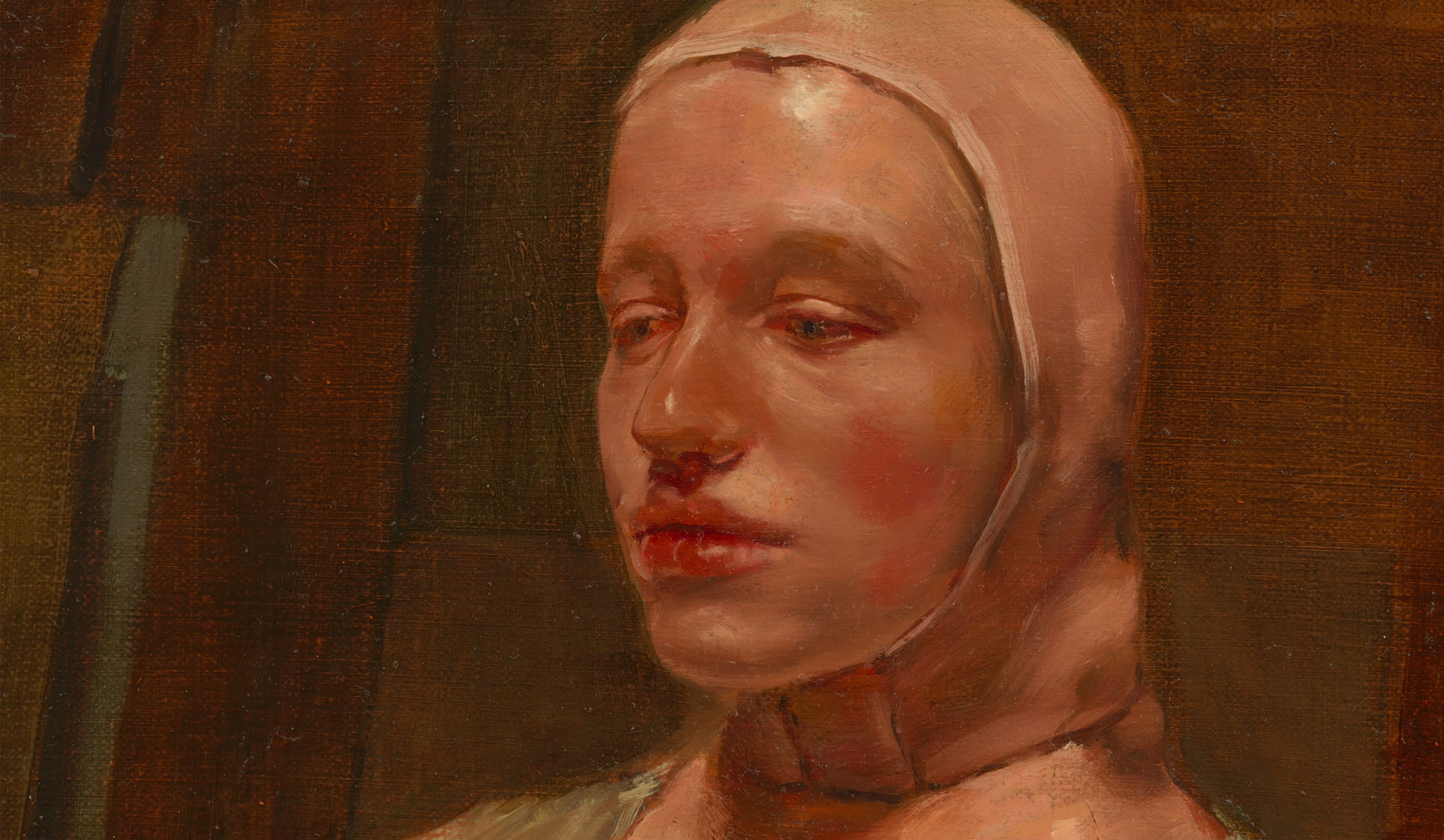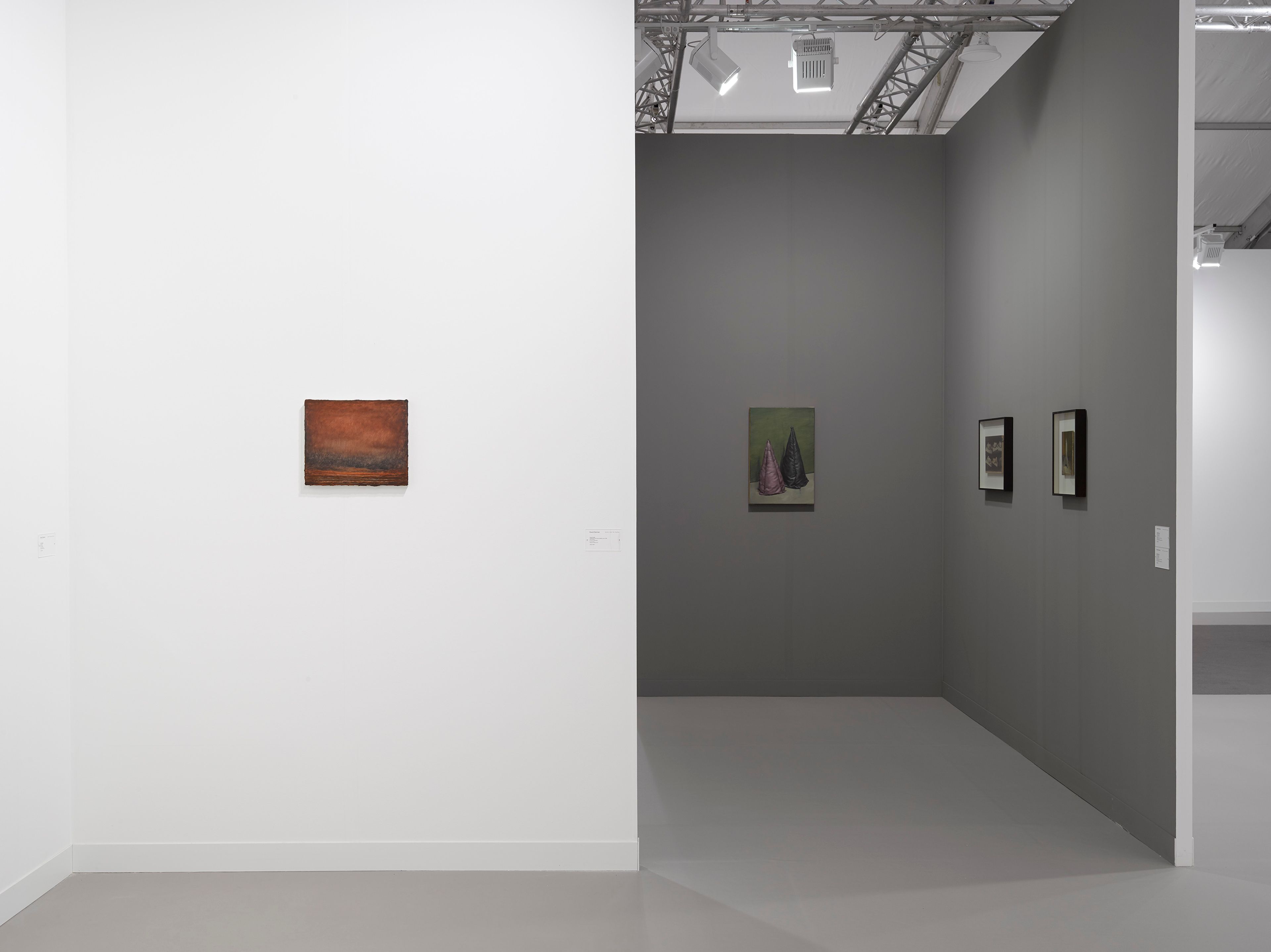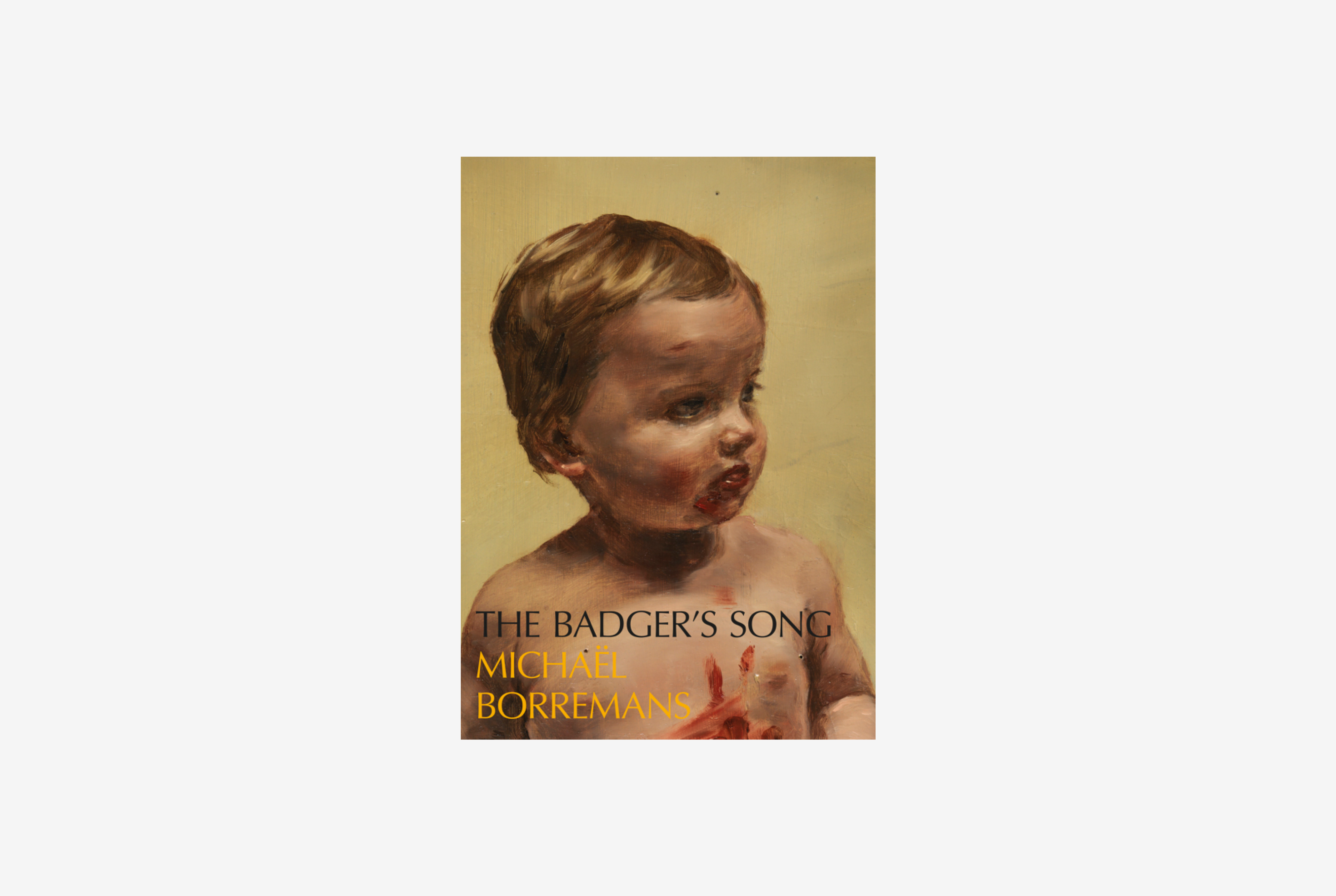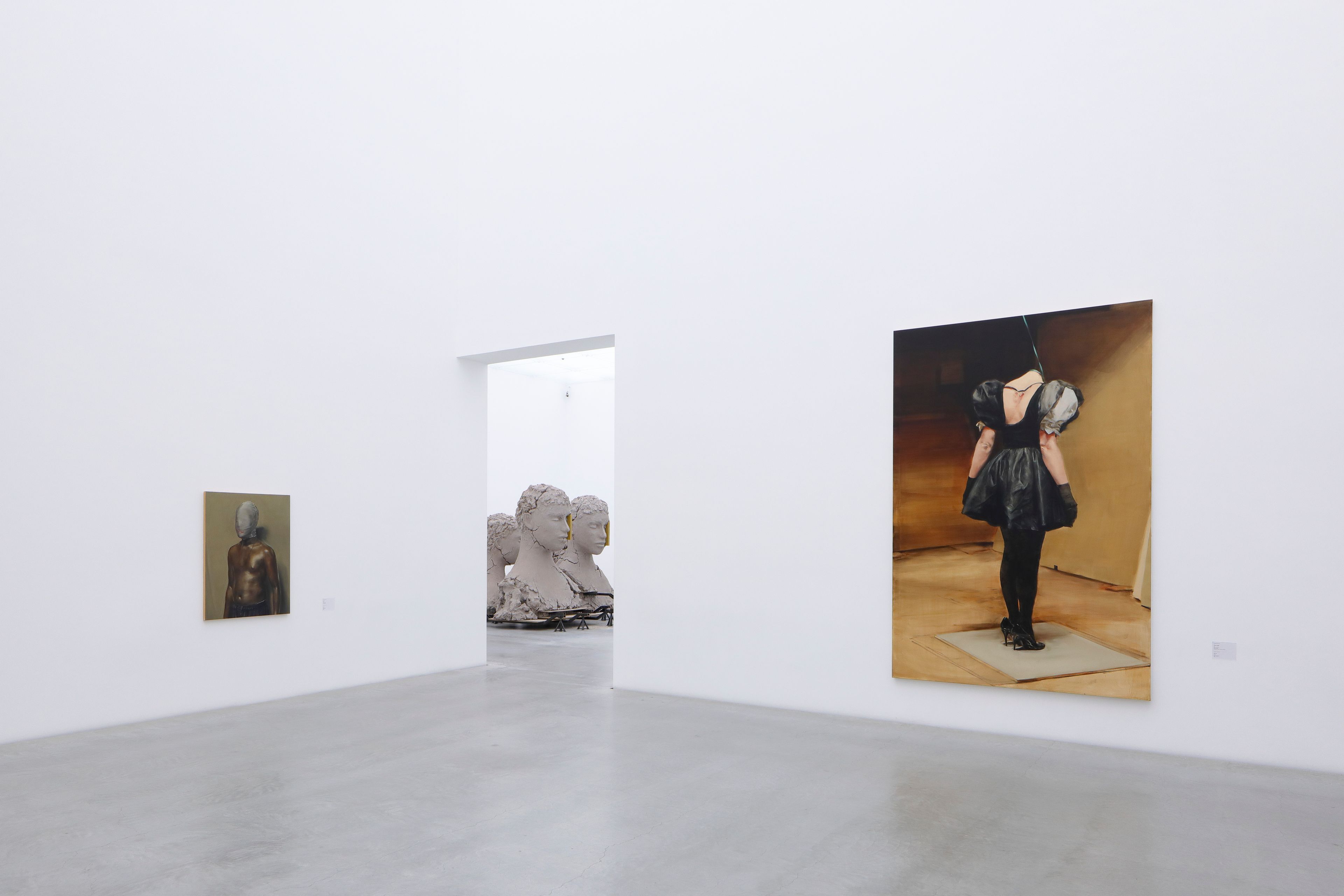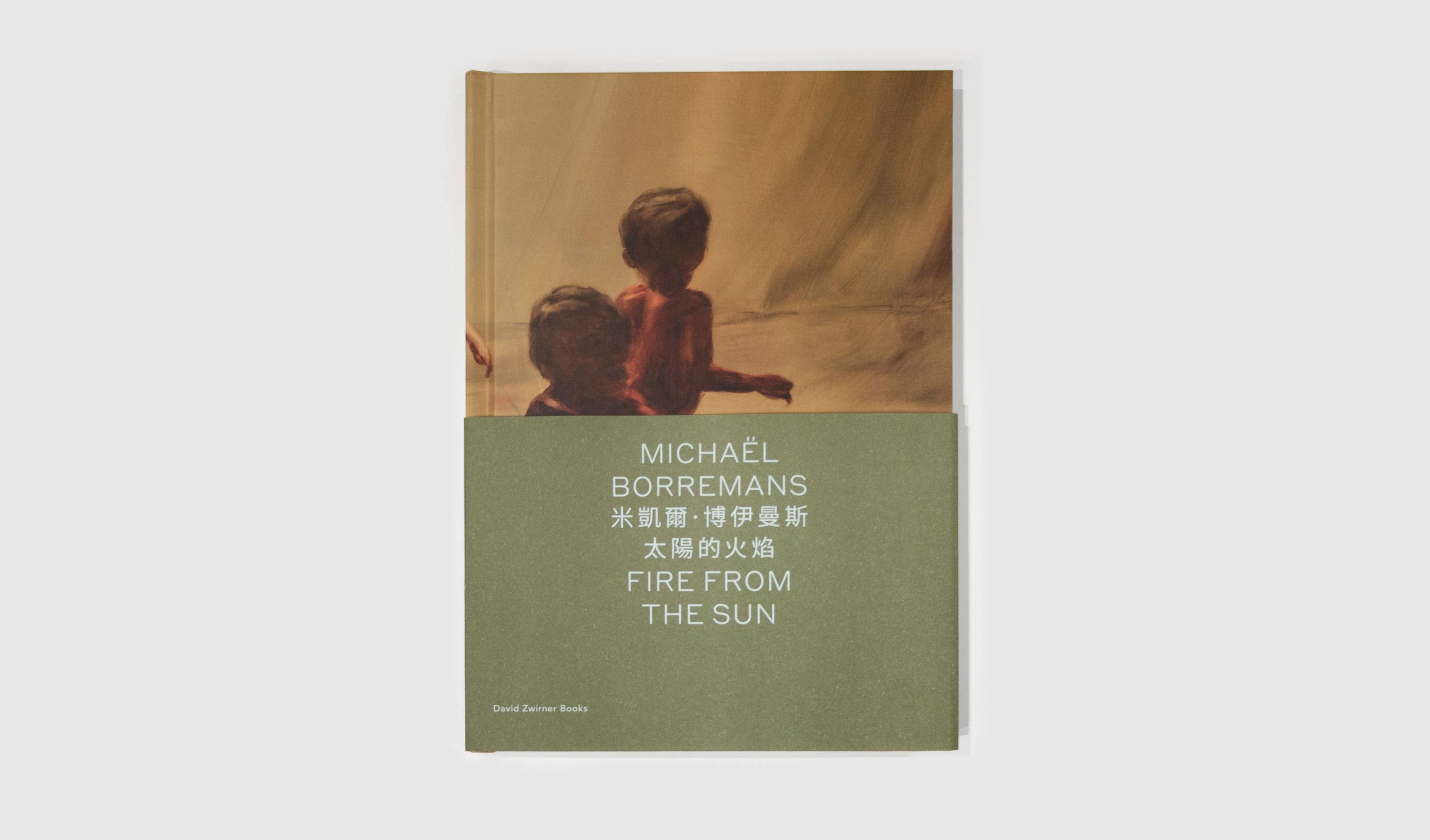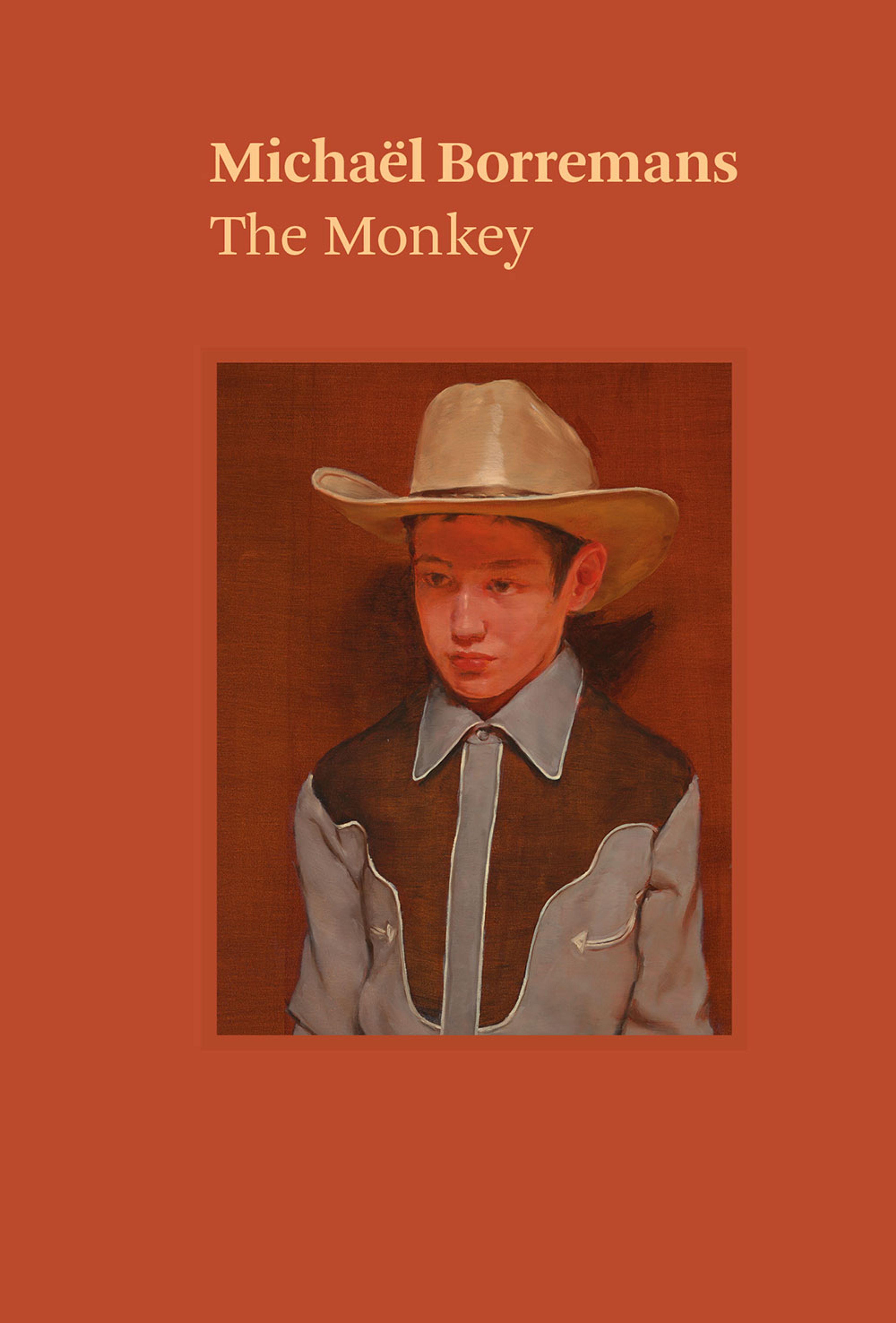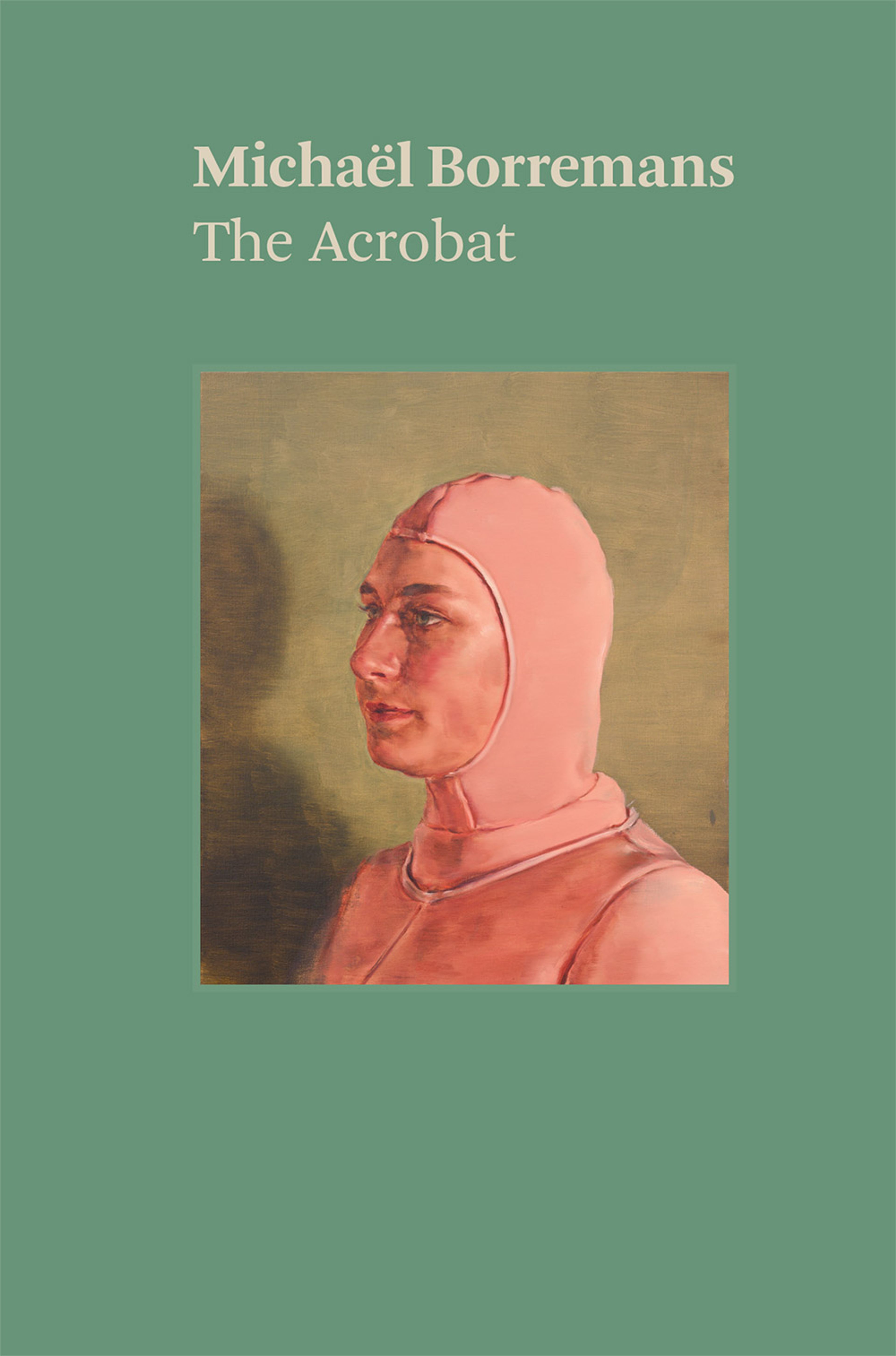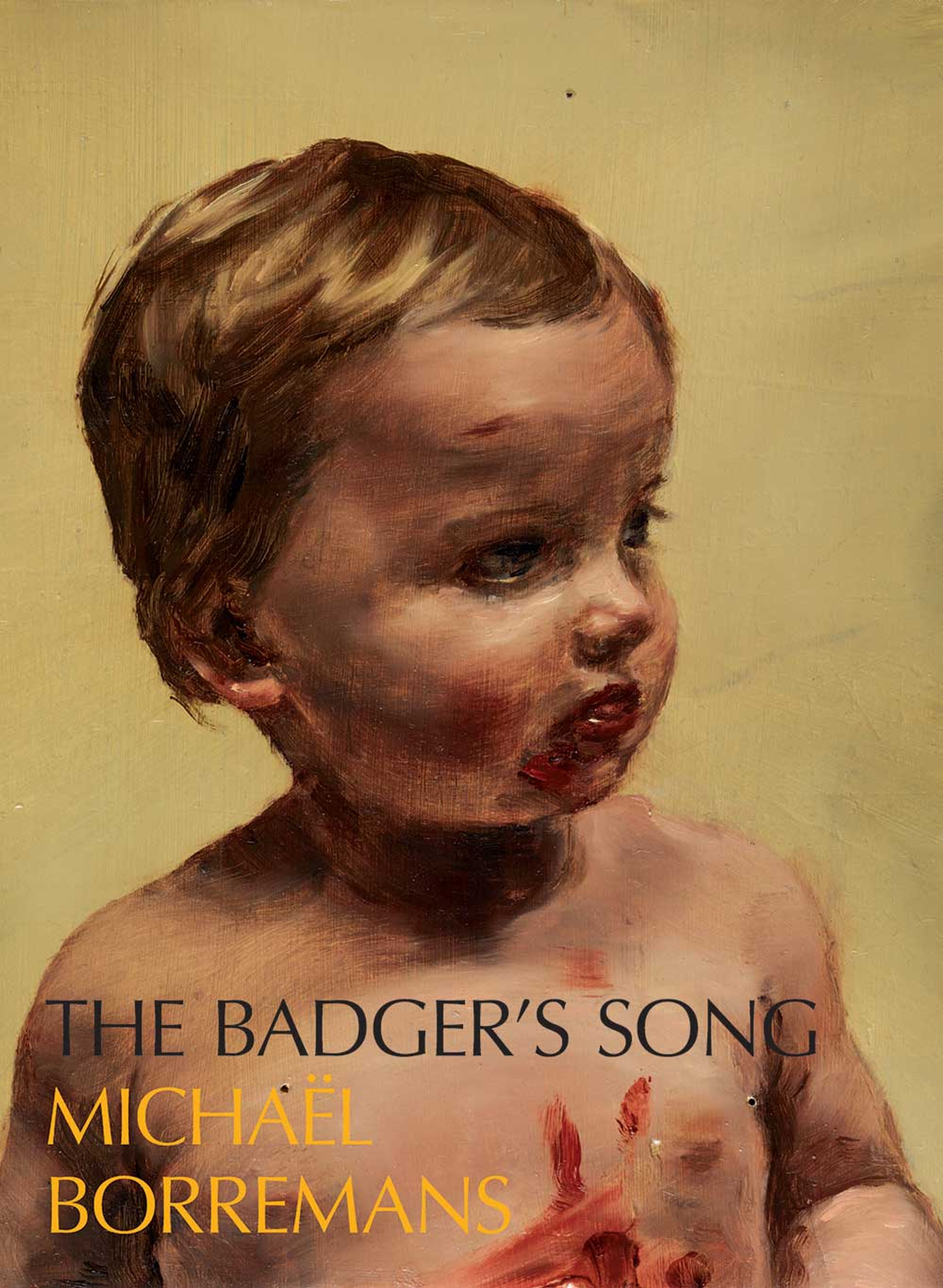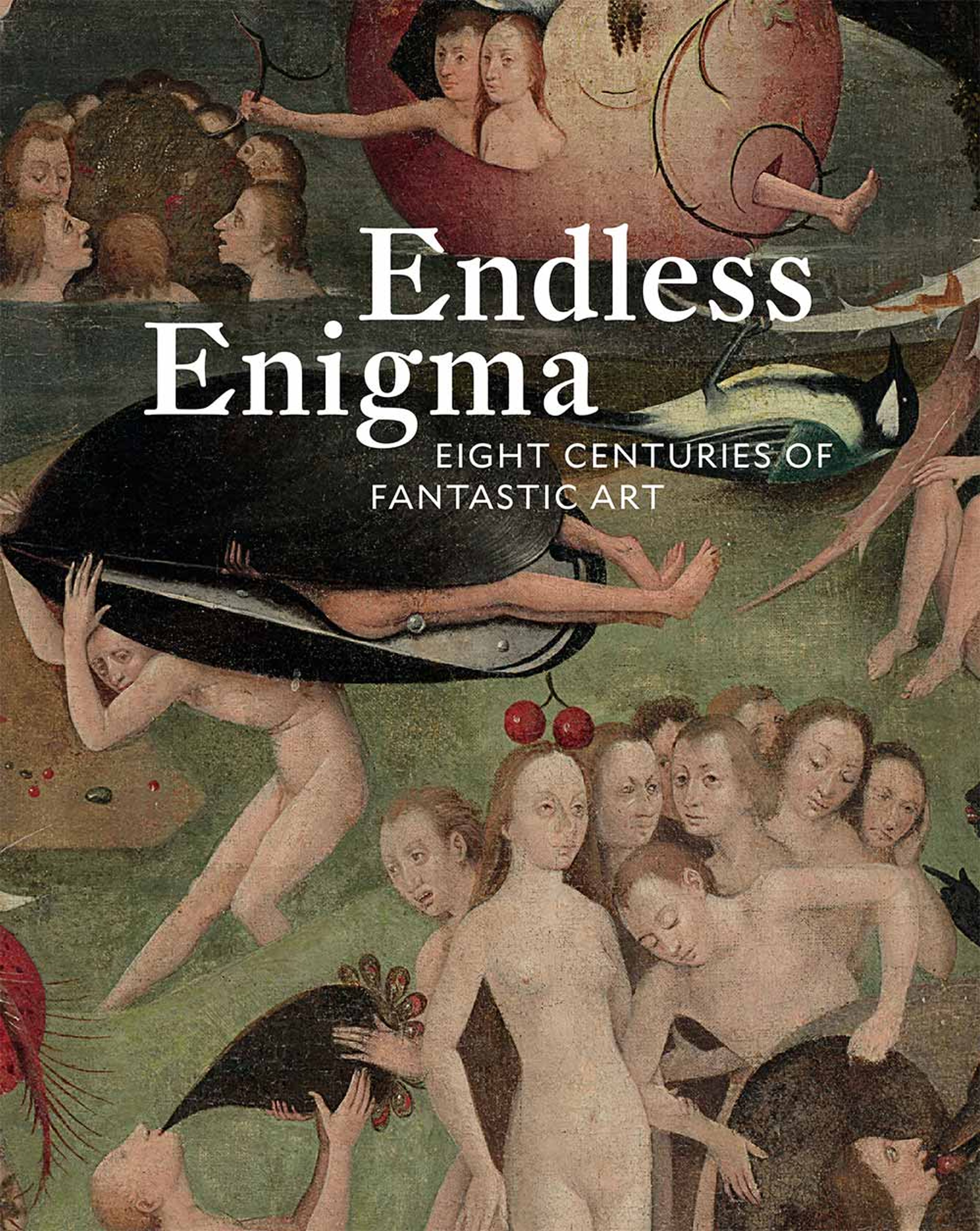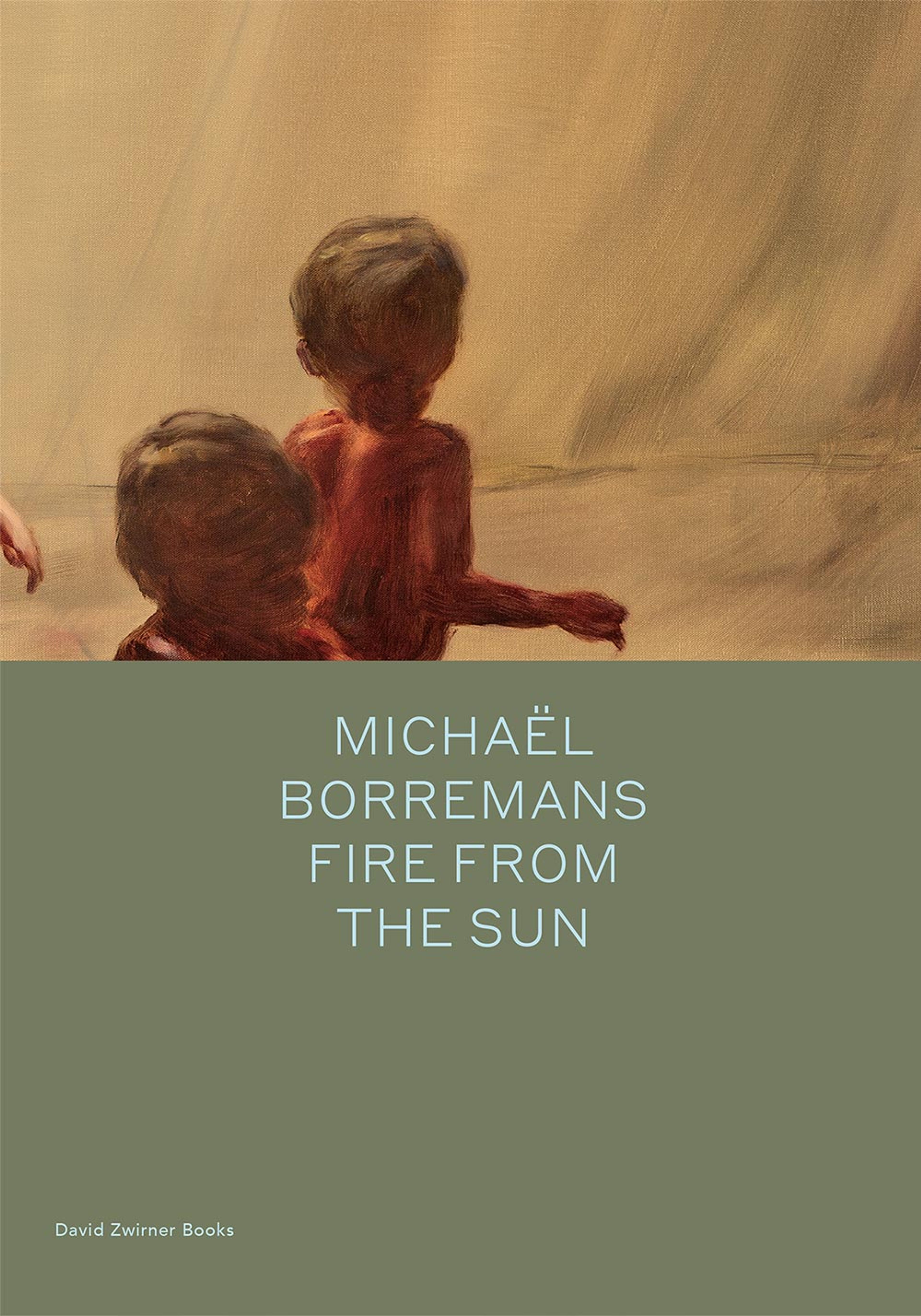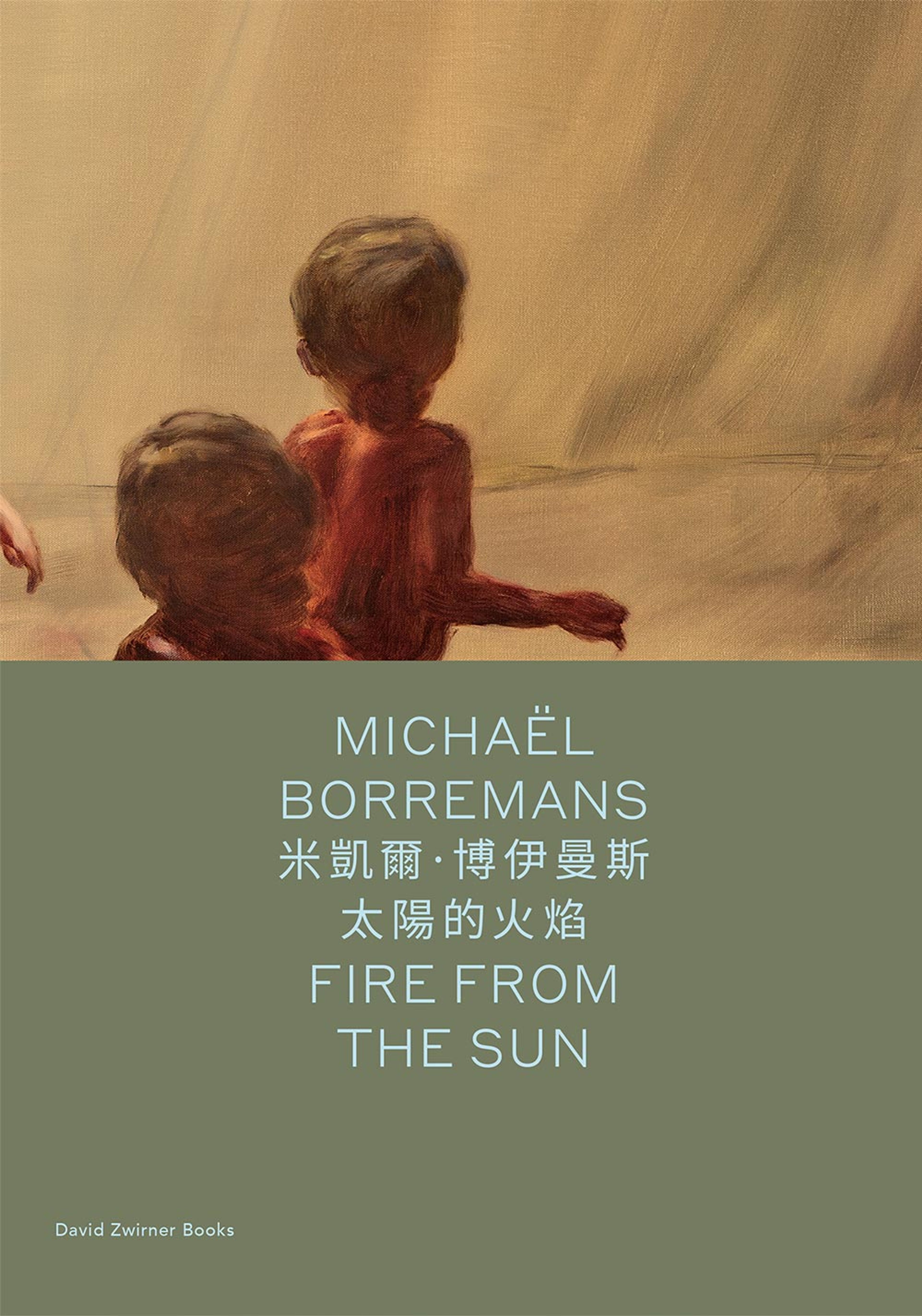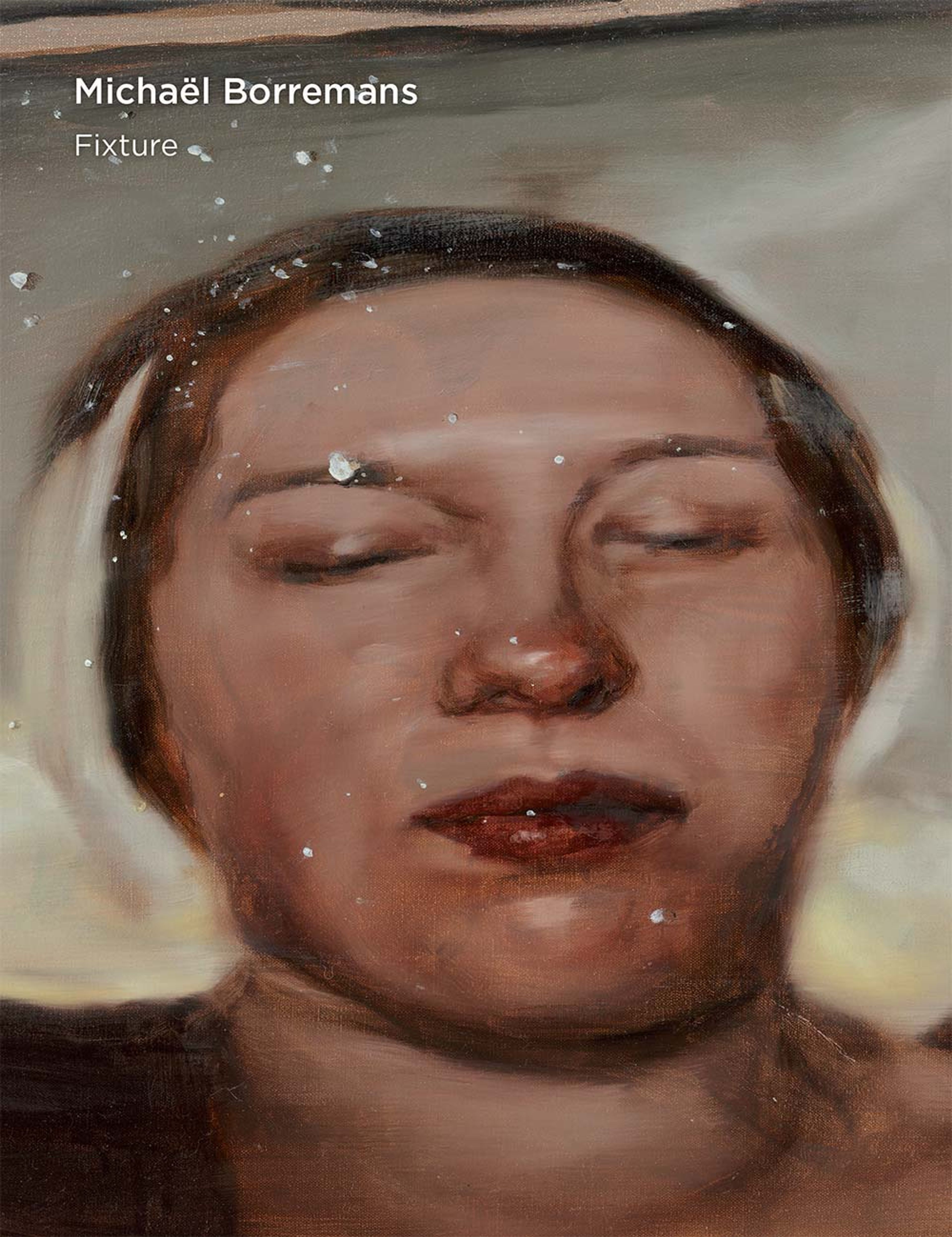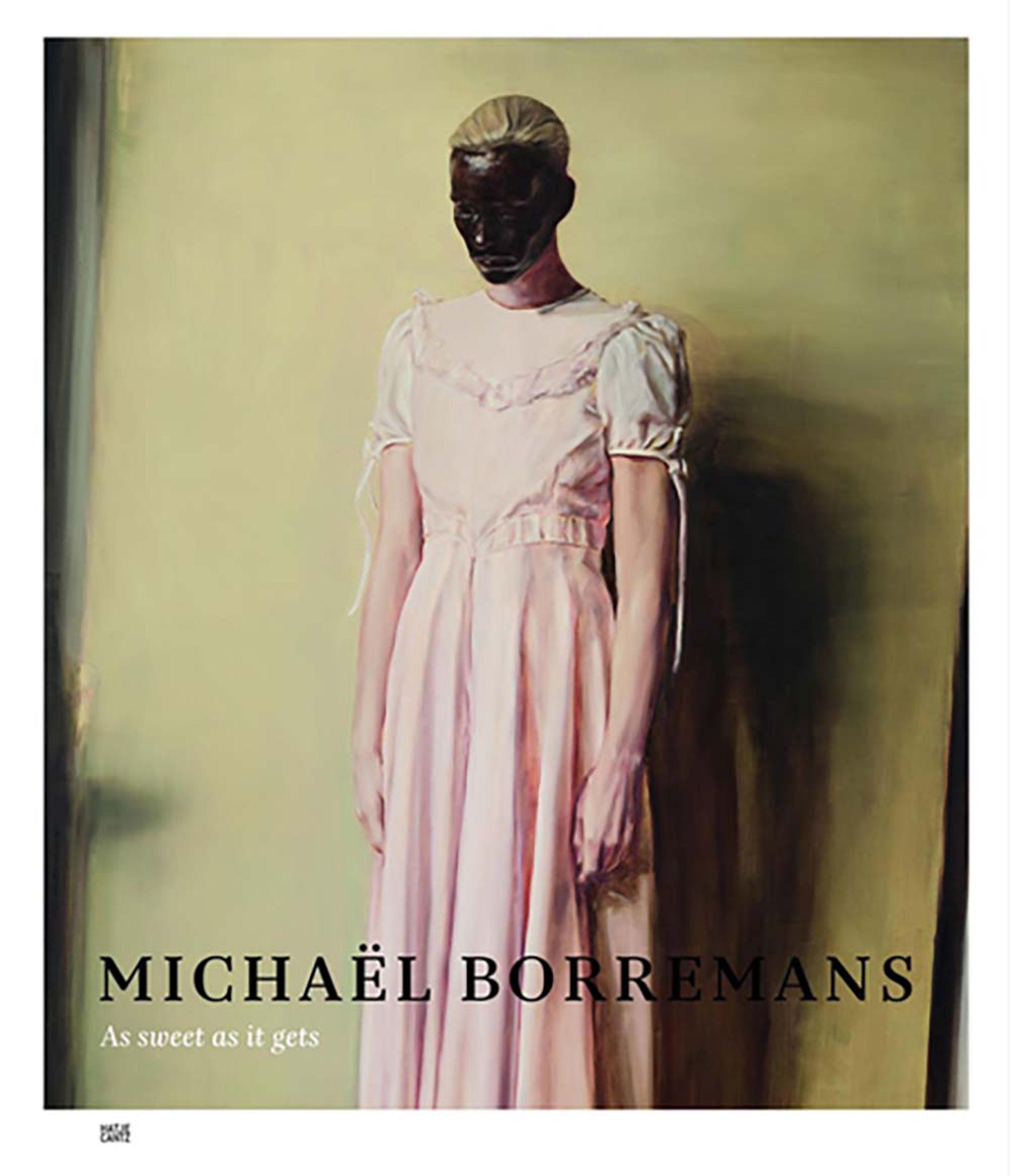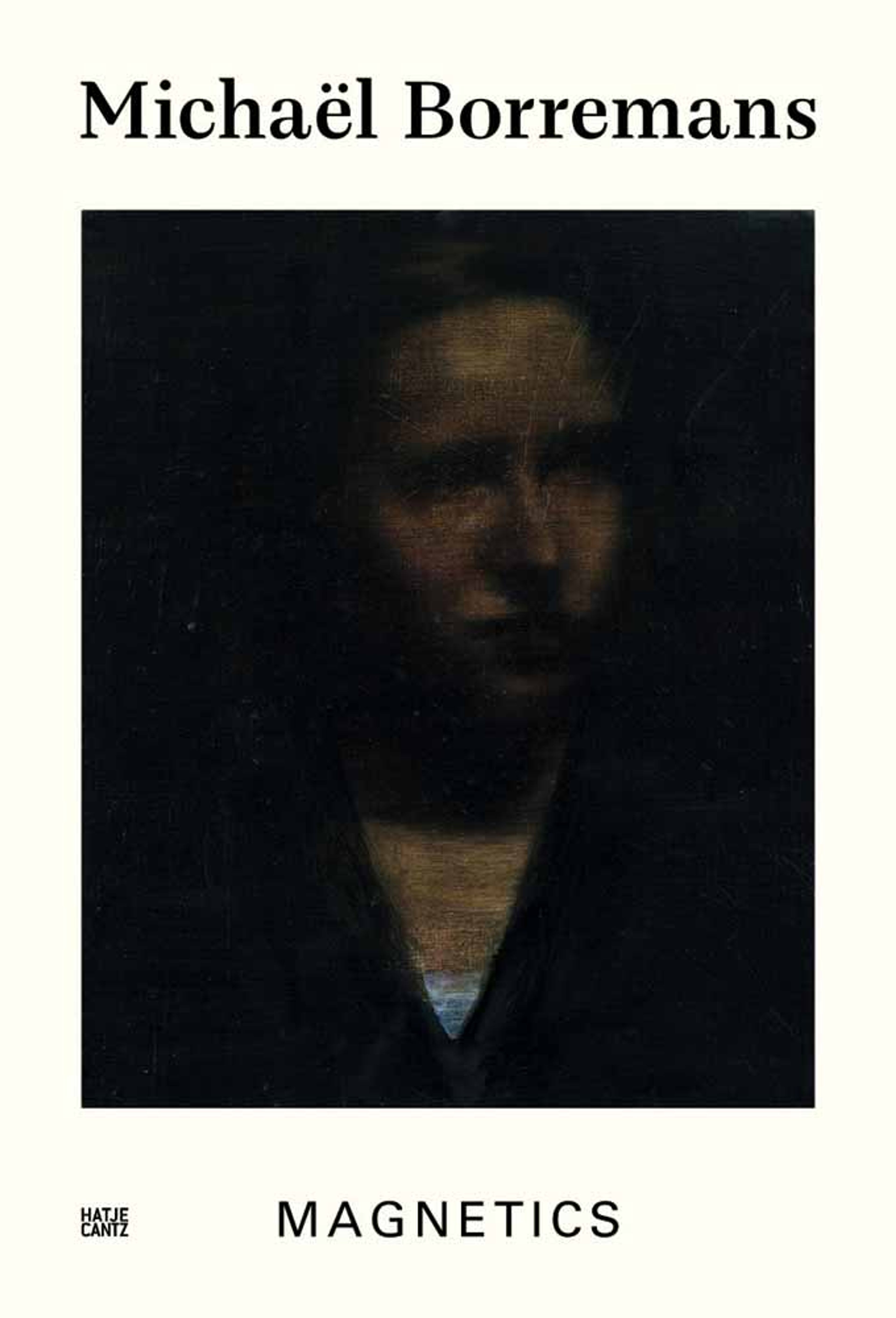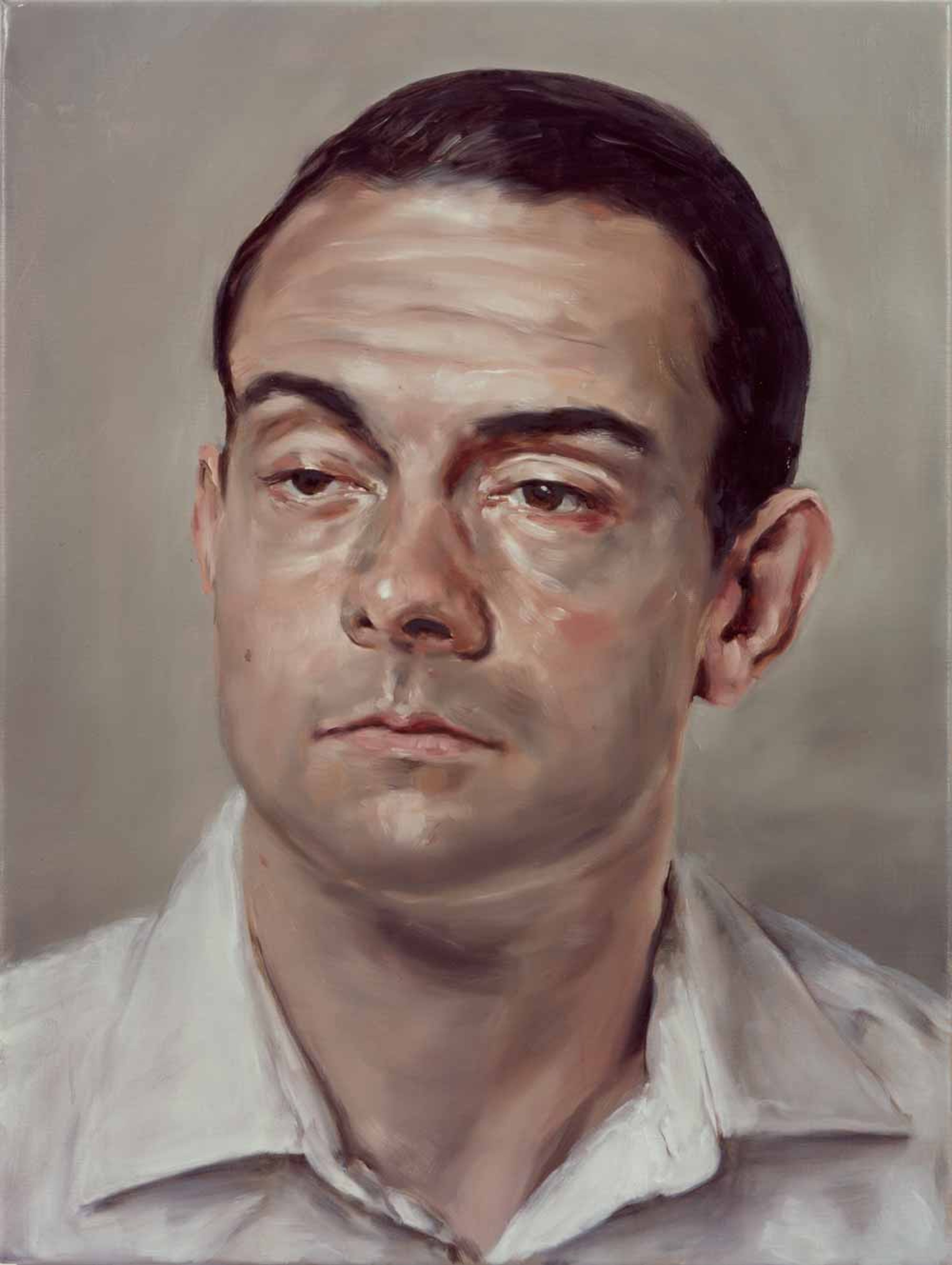Michaël Borremans
Michaël Borremans’s (b. 1963) innovative approach to painting combines technical mastery with subject matter that defies straightforward interpretation. His charged canvases address universal themes that seem to resonate with a specifically contemporary complexity.
Learn MoreSurvey
Exhibitions

Explore Exhibitions
Artist News
Biography

Portrait of Michaël Borremans. Photo by Pascal Gamarte
Michaël Borremans's (b. 1963) innovative approach to painting combines technical mastery with subject matter that defies straightforward interpretation. His charged canvases address universal themes that seem to resonate with a specifically contemporary complexity.
The artist was born in 1963 in Geraardsbergen, Belgium, and in 1996 he received his M.F.A. from Hogeschool voor Wetenschap en Kunst, Campus St. Lucas, in Ghent. Borremans continues to live and work in Ghent. David Zwirner has represented the artist’s work since 2001. In 2024, the solo exhibition Michaël Borremans: The Monkey was on view at David Zwirner, London. Previous solo presentations of the artist’s work at the gallery include The Acrobat (New York, 2022); Fire from the Sun (Hong Kong, 2018), Black Mould (London, 2015), The Devil's Dress (New York, 2011), Taking Turns (New York, 2009), Horse Hunting (New York, 2006), and Trickland (New York, 2003).
Borremans’s work has been the subject of solo exhibitions at a number of prominent institutions. In 2024, Michaël Borremans – A Confrontation at the Zoo, a comprehensive solo exhibition was presented at Museum Voorlinden in Wassenaar, the Netherlands. The same year, Prada Rong Zhai opened Michaël Borremans: The Promise, the presentation of which was installed in a 1918 historic home in the Jing’an district of Shanghai. In 2020, the two-person presentation, Michaël Borremans | Mark Manders: Double Silence, was on view at the 21st Century Museum of Contemporary Art, Kanazawa, Japan. Also in 2020, Michaël Borremans: The Duck was on view at Galerie Rudolfinum, Prague. Michaël Borremans: Fixture was presented at the Centro de Arte Contemporáneo de Málaga, Spain, in 2015–2016. A major museum survey, Michaël Borremans: As sweet as it gets, which included one hundred works from the past two decades, was on view at the Palais des Beaux-Arts in Brussels in 2014. The exhibition traveled later in the year to the Tel Aviv Museum of Art, followed by the Dallas Museum of Art in 2015. Michaël Borremans: The Advantage, the artist’s first solo museum show in Japan, was also on view in 2014 at the Hara Museum of Contemporary Art, Tokyo.
In 2011, Michaël Borremans: Eating the Beard, a comprehensive solo show, was presented at the Württembergischer Kunstverein Stuttgart, and traveled to the Műcsarnok Kunsthalle, Budapest, and the Kunsthalle Helsinki. In 2010, he had a solo exhibition at the Kunstnernes Hus in Oslo, as well as commissioned work on view at the Royal Palace in Brussels. Other venues that have hosted solo exhibitions include the Kestner Gesellschaft, Hanover, Germany (2009); de Appel Arts Centre, Amsterdam (2007); Stedelijk Museum voor Actuele Kunst (S.M.A.K.), Ghent (2005; traveled to Parasol unit foundation for contemporary art, London; and Royal Hibernian Academy, Dublin); Cleveland Museum of Art (2005); Kunsthalle Bremerhaven, Germany (2004); and the Museum für Gegenwartskunst, Basel (2004).
Work by the artist is held in public collections internationally, including the Art Institute of Chicago; Cleveland Museum of Art; Dallas Museum of Art; Hammer Museum, Los Angeles; High Museum of Art, Atlanta; Israel Museum, Jerusalem; Los Angeles County Museum of Art; Musée d’Art Moderne de la Ville de Paris; Museum of Contemporary Art, Los Angeles; Museum of Fine Arts, Boston; The Museum of Modern Art, New York; National Gallery of Canada, Ottawa; San Francisco Museum of Modern Art; Stedelijk Museum voor Actuele Kunst (S.M.A.K.), Ghent; and the Walker Art Center, Minneapolis.
Selected Press
Selected Titles

Request more information

